
One of the world’s leading publishers of printed classical and educational music.

Mack Wilberg A Cloud of Witnesses
- Text
- Perusal
- Cresc
- Unis
- Ness
- Marc
- Basses
- Relaxed
- Savior
- Tenors
- Ceive
- Wilberg
- Www.oup.com
Instrumentation The
Instrumentation The accompaniment to this work exists in two versions: 1. For piano four-hands The pianists play from the vocal score. 2. For full orchestra 3 flutes (all doubling piccolo) 2 oboes 2 clarinets in A 2 bassoons 4 horns in F 2 trumpets in C 2 trombones bass trombone timpani (optional) percussion 1—suspended cymbal, bass drum, chimes, glockenspiel percussion 2—xylophone, vibraphone harp celeste (or keyboard) piano organ (if no trumpets and trombones) strings for online perusal only Full scores and instrumental parts are available on hire/rental from the publisher’s Hire Library or appropriate agent. The Tabernacle Choir and Orchestra at Temple Square have recorded this piece with orchestral accompaniment on the CD Tree of Life: Sacred Music of Mack Wilberg (SKU 5198840). Composer’s note A Cloud of Witnesses weaves multiple witnessing stories of Christ’s Resurrection into a single tapestry. Drawing on accounts from all four Gospel writers and the opening of the Acts of the Apostles, I have tried to convey something of the momentum of overlapping, successive stories and the breathless astonishment among Christ’s followers as the reality of the Resurrection becomes clear. To create a more panoramic and universal perspective, the piece avoids the use of soloists. Where the choir narrates the action, listeners sense that each event is a facet of a broader, more brilliant whole. And where the choir represents major characters, the audience recognizes that every ‘actor’ is less anachronistic and more symbolic of all human experience. In scriptural witnessing stories, there is a clear distinction between visual recognition and spiritual understanding—between seeing and believing—a distinction that demarcates sacred and secular
interpretations of the events. Throughout the work, this difference is represented musically by chantlike accounts of physical ‘seeing’, interspersed with more contrapuntally enriched moments as Christ’s disciples come to a deeper spiritual understanding. As one would expect, the simple, tightly circumscribed melodies of the narrative tend to be more declamatory. By contrast, the polyphonic responses—alleluias, spiritual awakenings, and Christ’s own injunctions—naturally inform, enrich, and elaborate upon the narrative facts. By design, these contrapuntal nodes cluster around small, close groups of pitches, creating harmonic ‘clouds’ as each individual account lends form and strength to the developing ‘cloud of witnesses’ (a metaphor borrowed from Hebrews 12:1). Conveying this ‘cloud’ in just over twenty minutes allows listeners to grasp the scope and sweep of this revelatory period. After a short instrumental dawn, the women at the empty tomb enquire frantically, ‘Never shall we see him?’. Then, as the chronicle comes to an end, Christ repeats his own promise that he will continually be with those who believe. As the first words of the work are a repetition of the fearfilled ‘never’, the conclusion is a gentle, comforting, everlastingly sustained ‘alway’. for online perusal only Duration: 22 minutes This note and the text may be reproduced as required for programme notes. Text The Women Never, never shall we see him? Never resting in his tomb? Never, never to anoint him? Never free of grief and gloom? Peter, angels saw us frightened, Knew we sought him crucified. John, they told us, “He is risen! Come and see where he once lay. Go and tell he’s gone before you, Gone to Galilee this day!” Then, how they ran— Peter the Rock and John, beloved one— Certain to find his body still entombed within, John stooping down and Peter striding in. Peter and John Here are the linen clothes. Here is the napkin folded, neatly laid. What kind of thieves would here be duly staid To loose this covering from his head, And set it soft below? Still, they saw with their eyes alone, Doubting that he had risen, Held captive by dread that they could be imprisoned; They wept in each other’s arms And grieved the hour, And mourned the day, And rent their hearts, And ran away. For they knew not the scripture That Christ must rise again. Then Mary of Magdala Looked into the sepulchre weeping And saw there two angels,
- Page 1 and 2: 4 MACK WILBERG a cloud of witnesses
- Page 3: 3 Great Clarendon Street, Oxford OX
- Page 7 and 8: Good man, then what can we do but w
- Page 9 and 10: for The Tabernacle Choir and Orches
- Page 11 and 12: 10 36 # & # # & # ˙ ˙ œ J ‰ Œ
- Page 13 and 14: 12 # & # 65 ∑ # & # # & # # & # #
- Page 15 and 16: 14 S. 86 # & # Ó > ˙ Gone! Ó >
- Page 17 and 18: 16 103 ? # # œ J ‰ œ œ œ œ
- Page 19 and 20: 18 129 ? # # f 3 Œ ˙ œ œ œ œ
- Page 21 and 22: 20 145 # & # ˙ ˙ Ó ˙- ˙ ˙ ˙-
- Page 23 and 24: 22 168 # & # # œ - œ Œ œ œ -
- Page 25 and 26: 24 (Mary Magdalene) SOPRANOS & ALTO
- Page 27 and 28: T. B. 26 203 ? & (√) & & & (√)
- Page 29 and 30: 28 (√) 220 # œ & œ œ œ œ œ
- Page 31 and 32: T. B. 30 (The Savior) P tenderly 24
- Page 33 and 34: S. A. 32 265 & b b b More relaxed h
- Page 35 and 36: 34 284 SOPRANOS & ALTOS unis. F poc
- Page 37 and 38: 36 302 # & œ - œ Œ œ 3 œ œ œ
- Page 39 and 40: 38 320 ? # œ œ œ œ œ œ œ œ
- Page 41 and 42: 40 341 # & ? # - ia! Al - le - lu -
- Page 43 and 44: 42 363 ? # # # 3 Œ œ œ œ œ In
- Page 45 and 46: 44 383 ? # # # œ œ œ œ œ œ œ
- Page 47 and 48: 46 403 ? # # # # # & # # # # & # #
- Page 49 and 50: 48 S. A. 427 # & # # # ∑ ∑ ∑
- Page 51 and 52: 50 446 # & # # ? # # # - j œ œ
- Page 53 and 54: S./A. 52 473 # & # # SOPRANOS & ALT
- Page 55 and 56:
54 489 # & # # ? # # # # & # # # &
- Page 57 and 58:
56 SOPRANOS & ALTOS unis. P 508 # &
- Page 59 and 60:
58 533 # & # # # 3 œ - œ œ j œ
- Page 61 and 62:
60 544 # & # # # 3 œ œ œ œ œ w
- Page 63 and 64:
62 With stillness h = 63 S. 559 # &
- Page 65 and 66:
64 571 # & # # # ww ww F cresc. ww
- Page 67 and 68:
66 589 # & # # # j S./A. œ - œ œ
- Page 69 and 70:
68 607 # & # # ? # # # # & # # # &
- Page 71 and 72:
70 625 # & # # 3 œ œ œ œ œ œ
- Page 73 and 74:
72 642 # & # # ? # # # 2 3 2 3 w. p
- Page 75 and 76:
74 661 # & # # ? # # # # & # # # &
- Page 77 and 78:
76 677 cresc. # & # j # # # œ œ
- Page 79 and 80:
78 693 & ? cresc. œ œ œ œ wit -
- Page 81 and 82:
80 709 & dim. ˙ ˙ ˙ ˙ ˙ ˙ œ
- Page 83 and 84:
82 734 & ? Broader h = 56 Ó Œ œ
- Page 85 and 86:
84 749 # & # # n n œ . j J œ ˙
- Page 87 and 88:
86 765 # & # # P w ˙ Ó dim. w ˙
- Page 89 and 90:
88 781 # & # # w w w w w w - - - -
Inappropriate
Loading...
Mail this publication
Loading...
Embed
Loading...
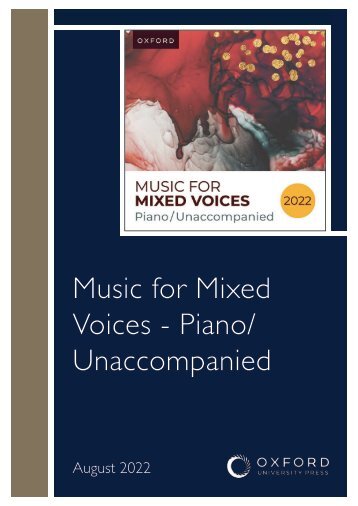
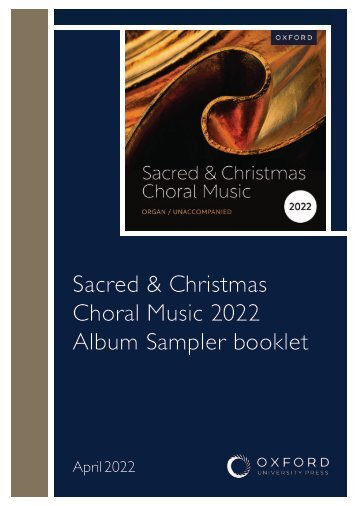

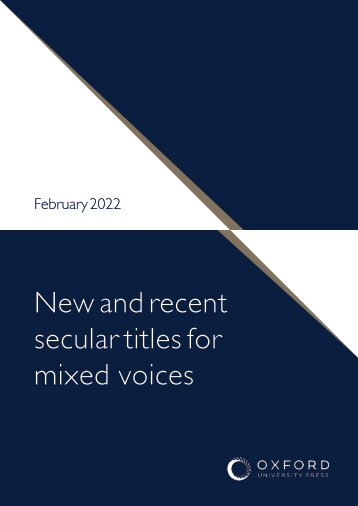
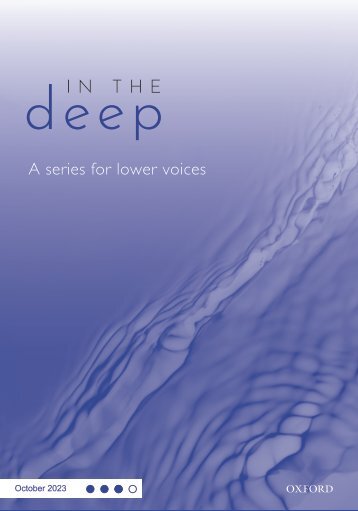
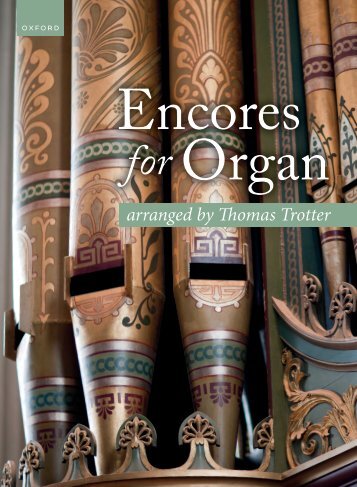
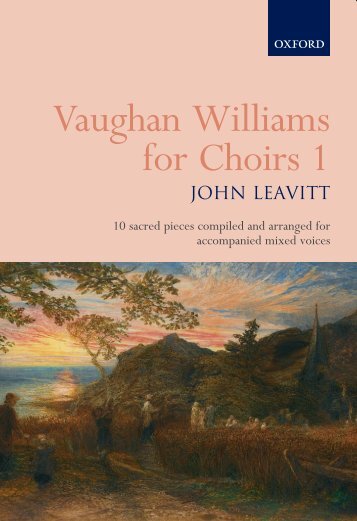

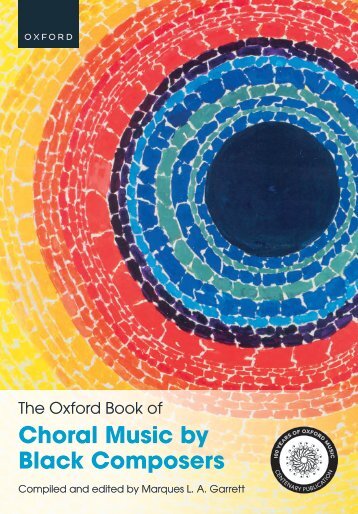
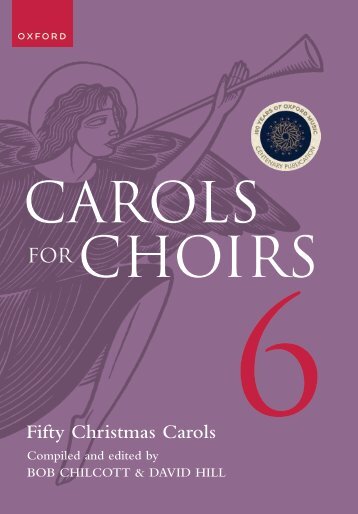
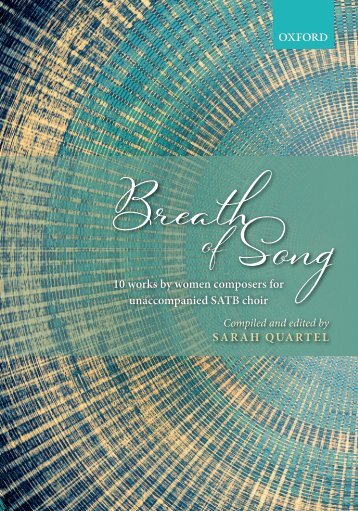
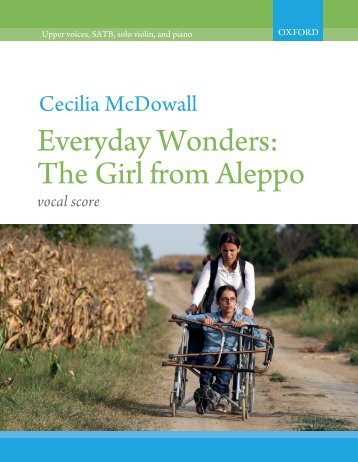
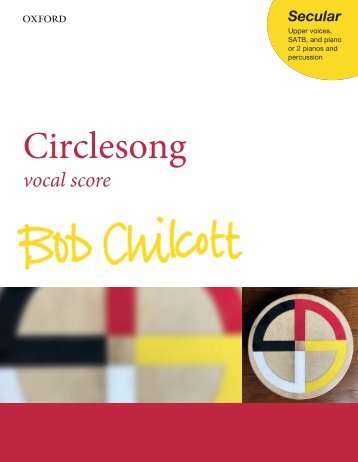
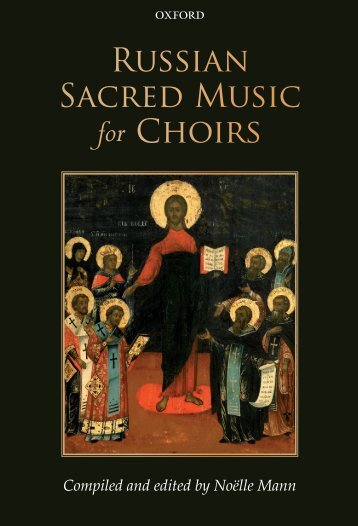

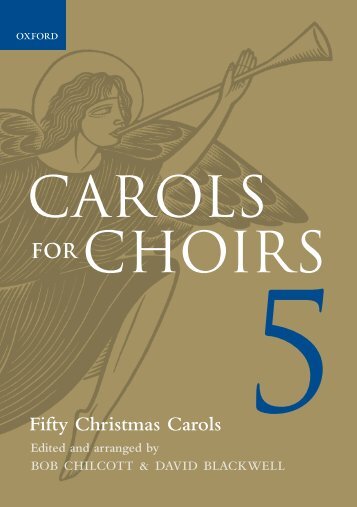

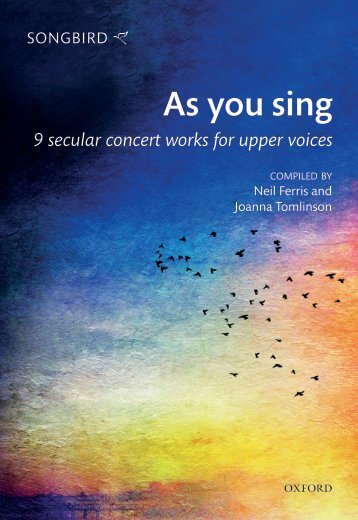
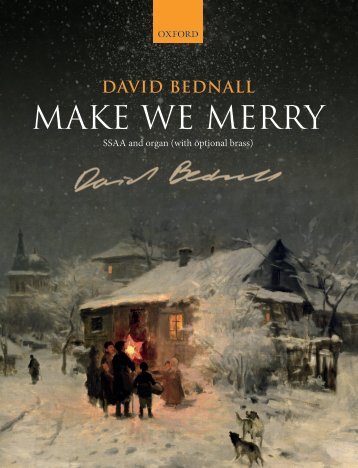
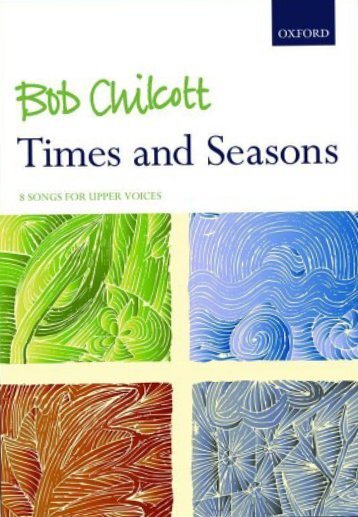


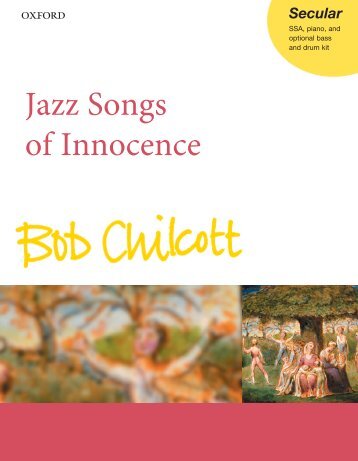
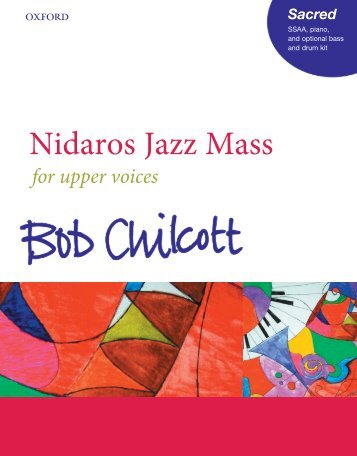
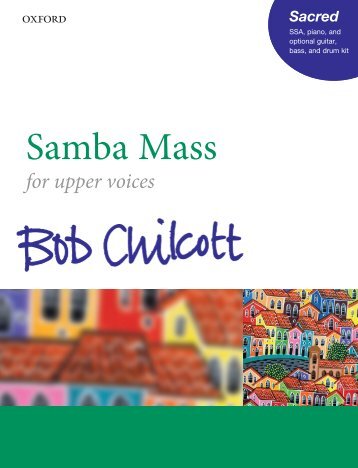


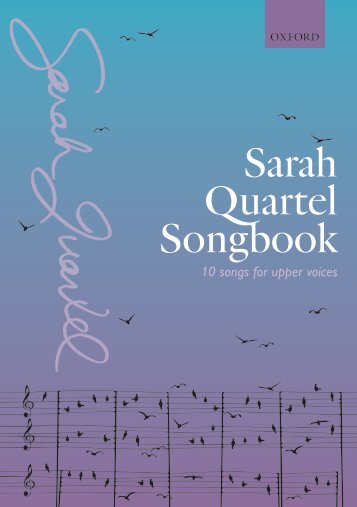
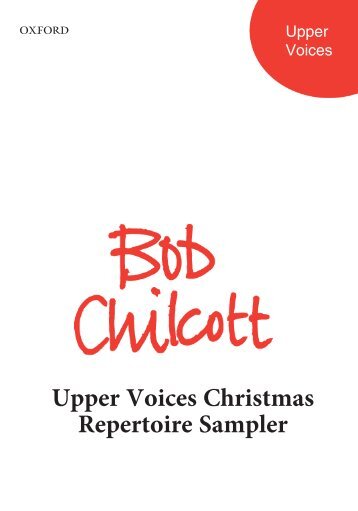

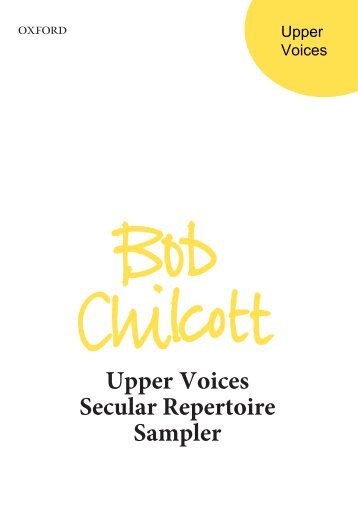

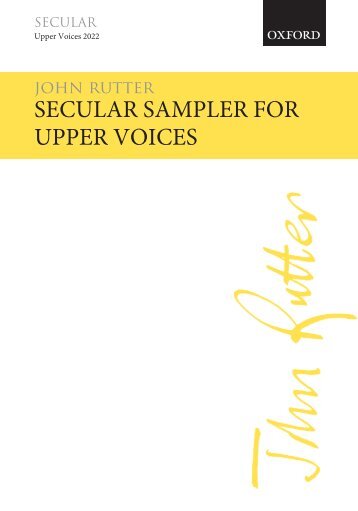
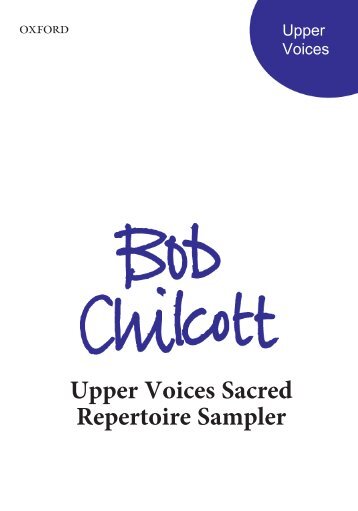


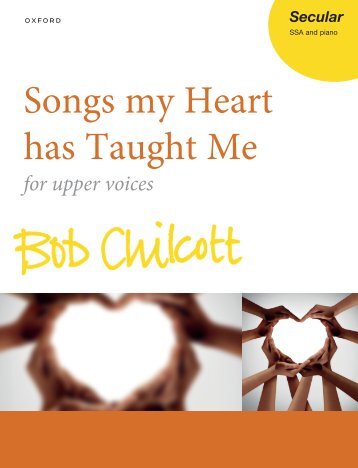
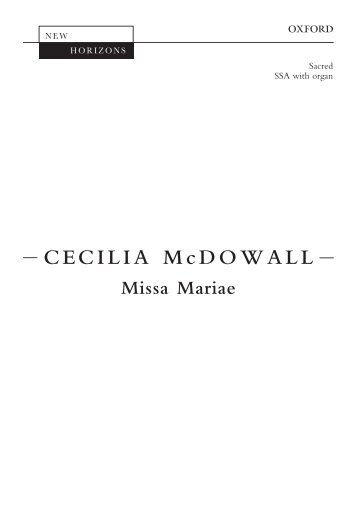
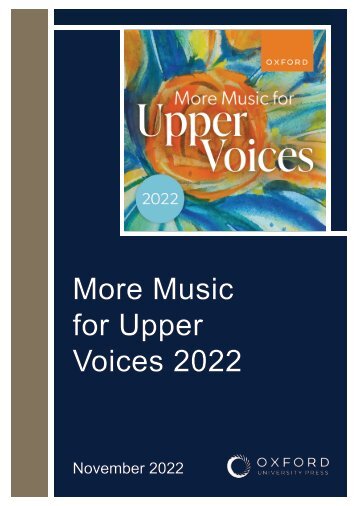
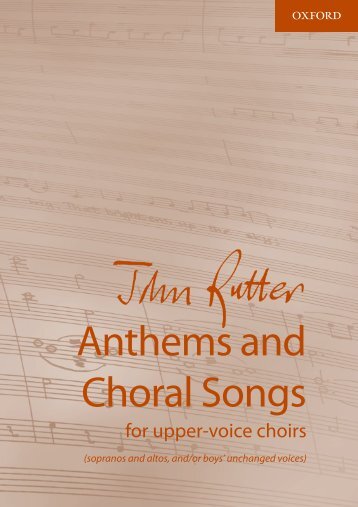

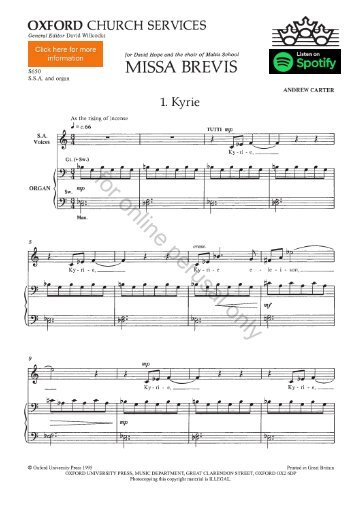
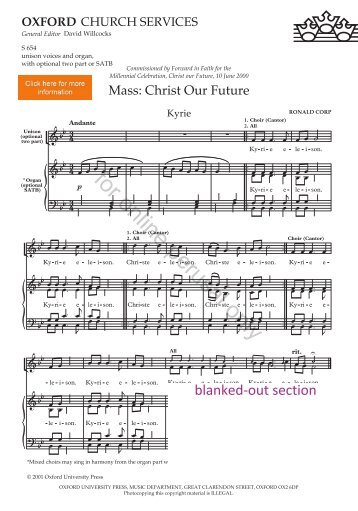
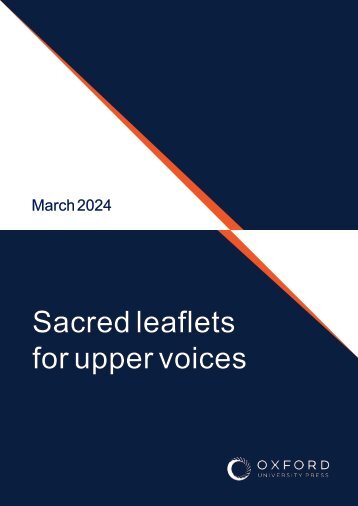

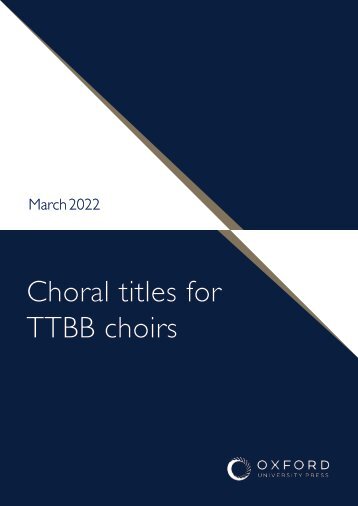
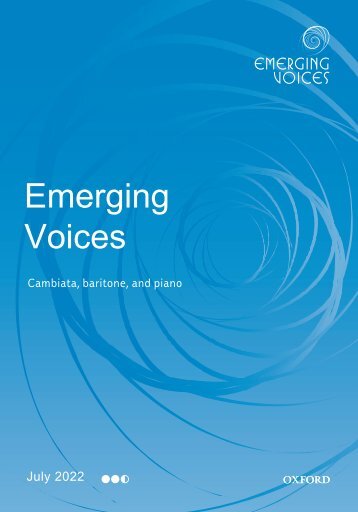
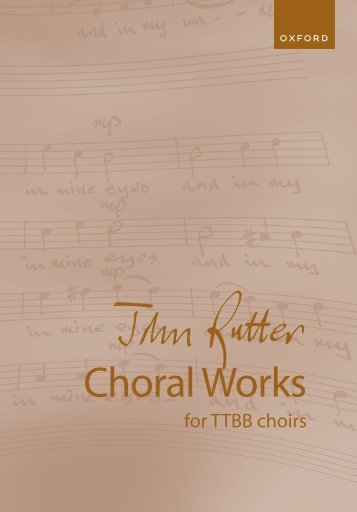
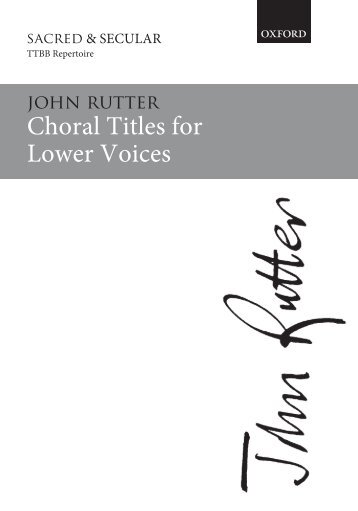
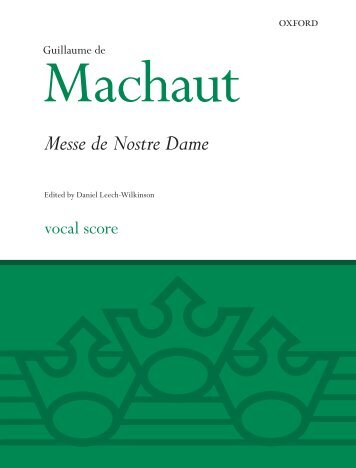
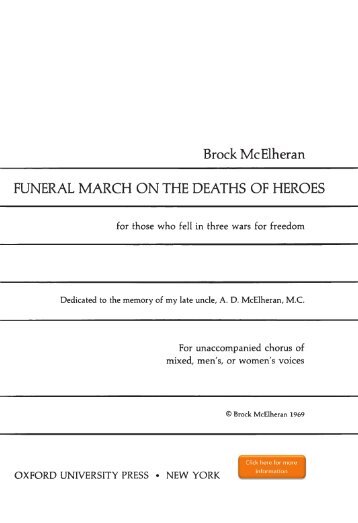

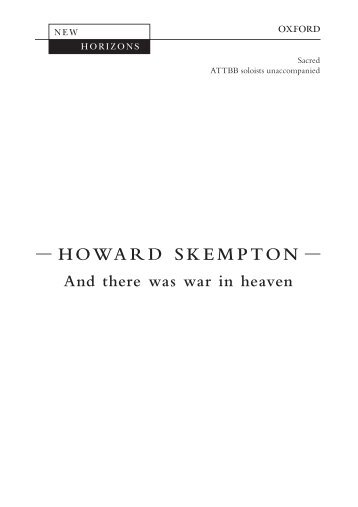
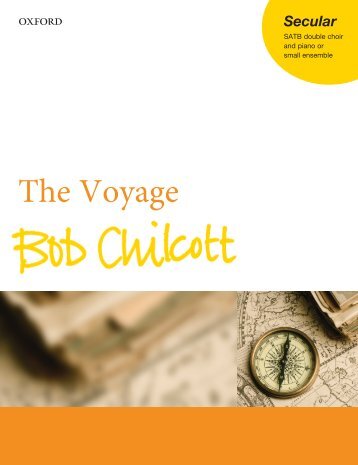
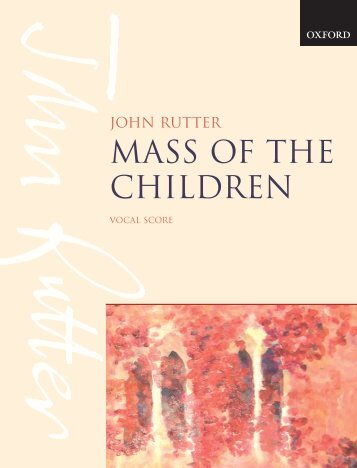
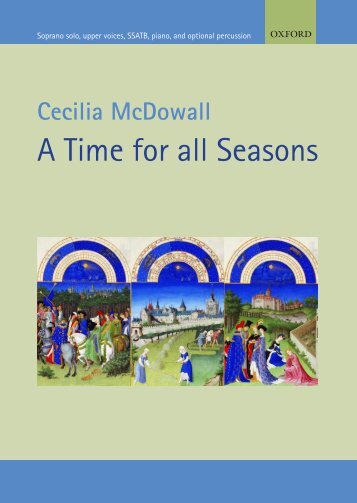
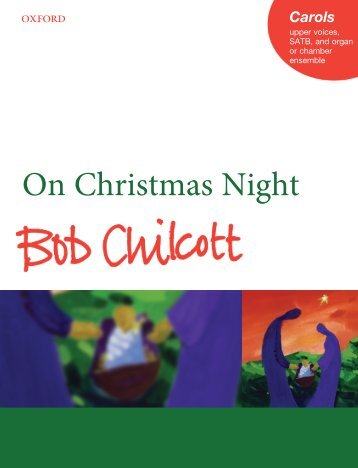

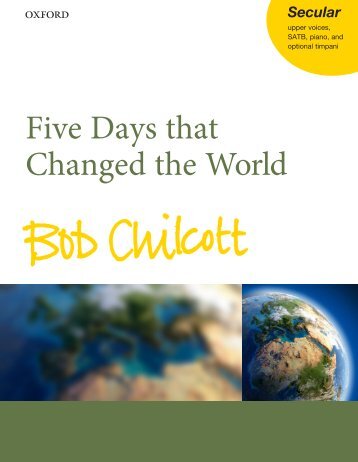
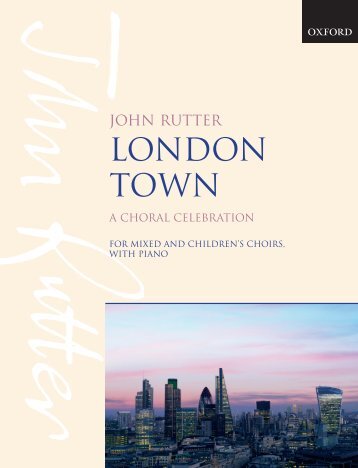

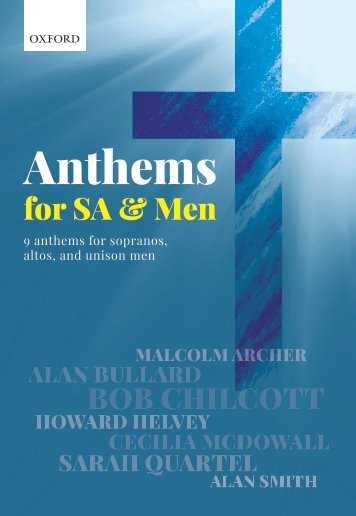
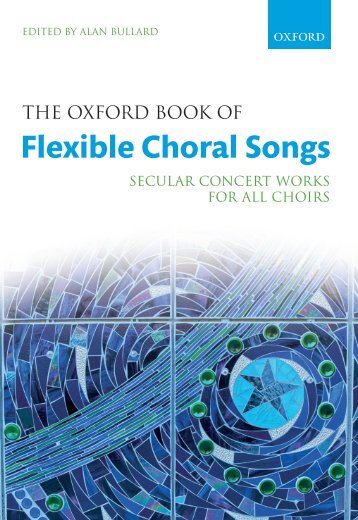
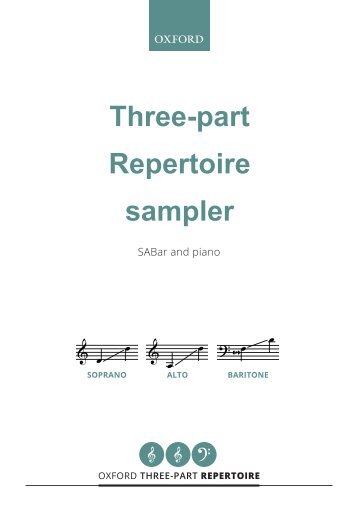

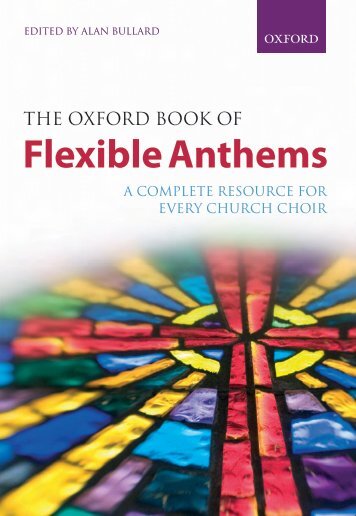

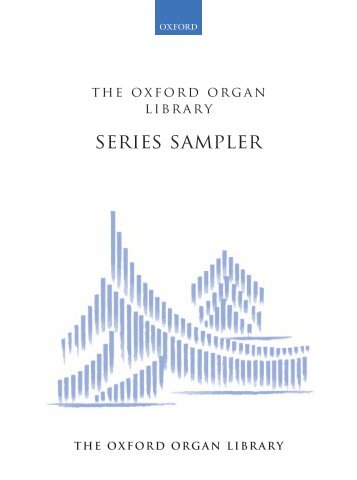
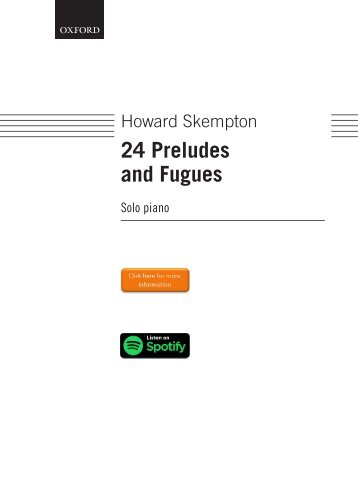
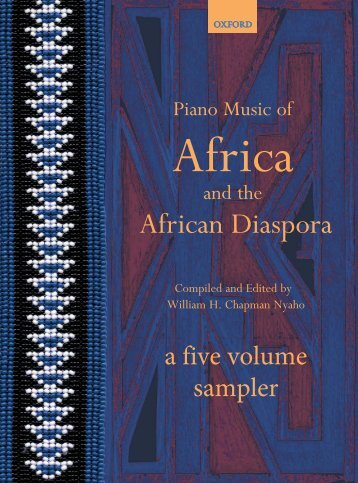
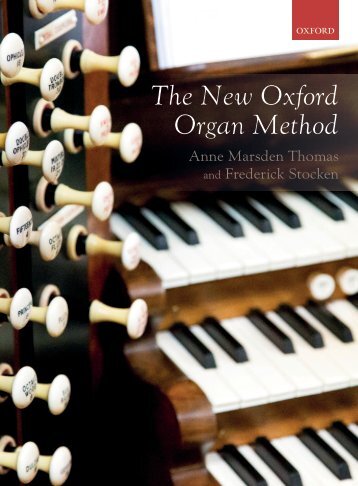


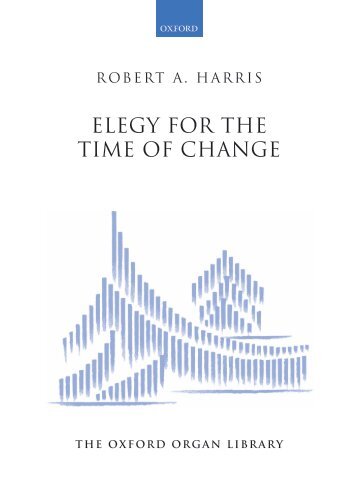


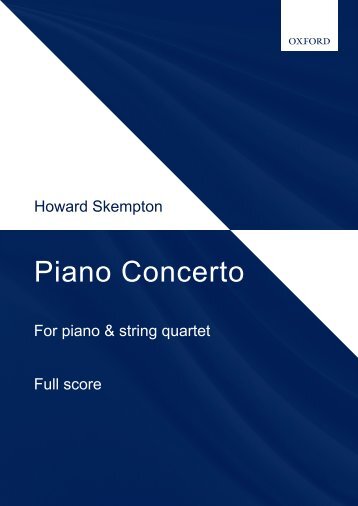
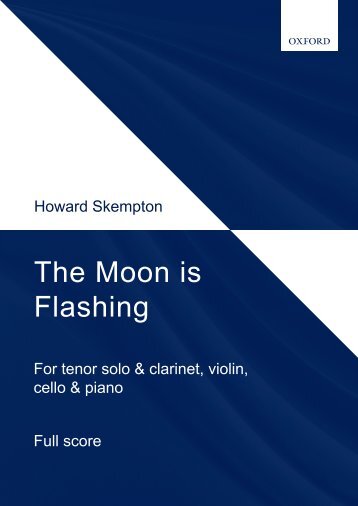
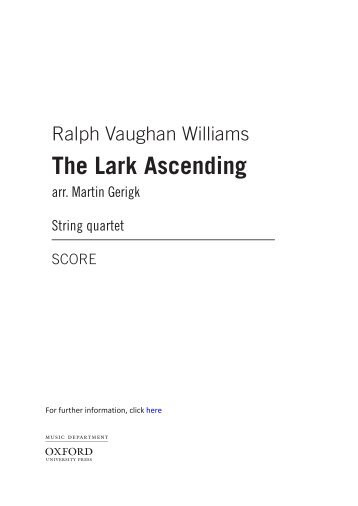
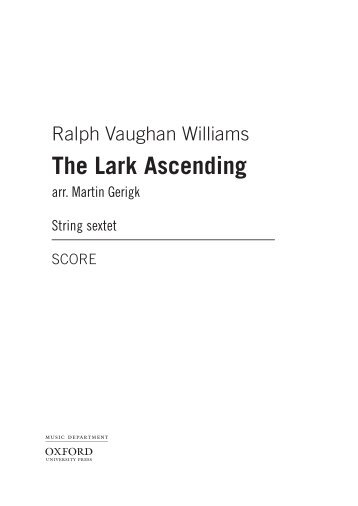
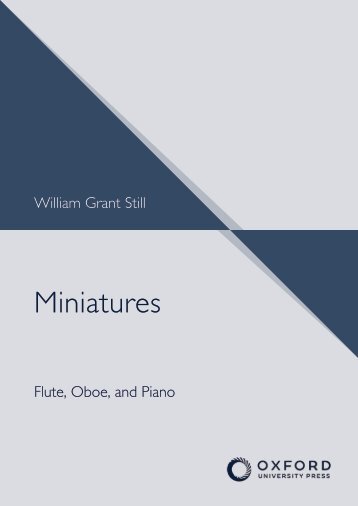
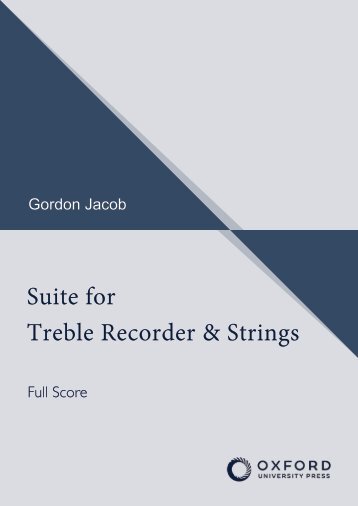
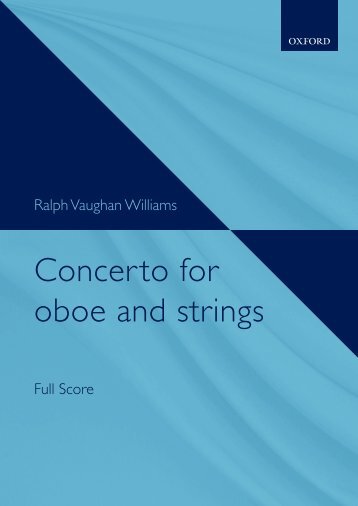
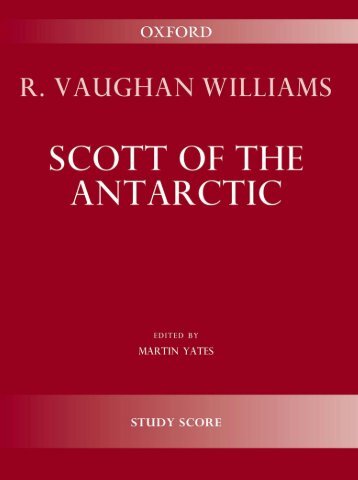
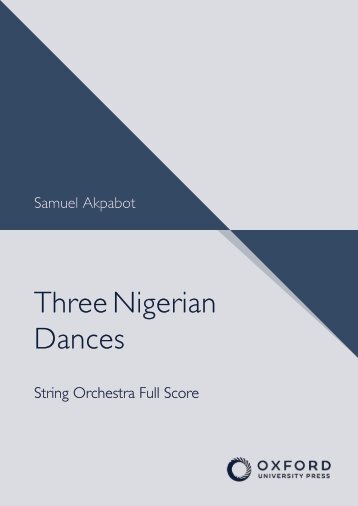


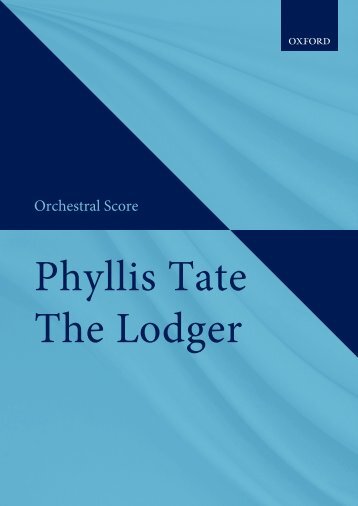

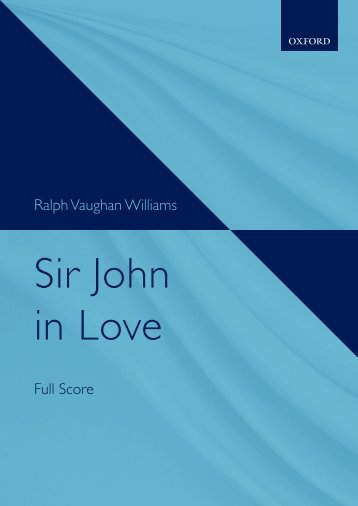


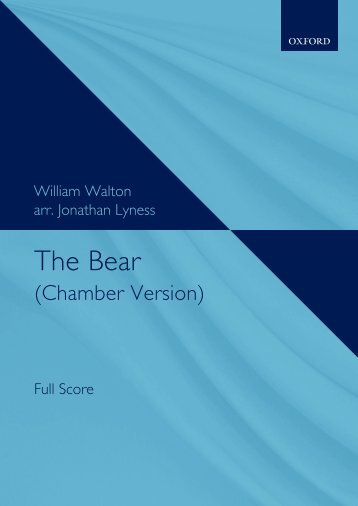

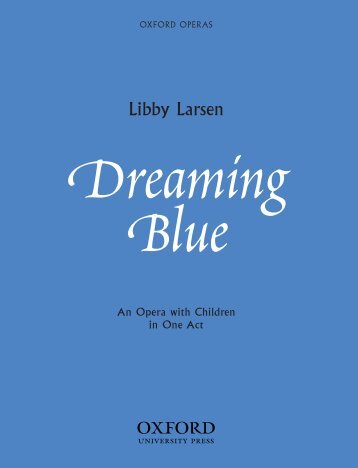
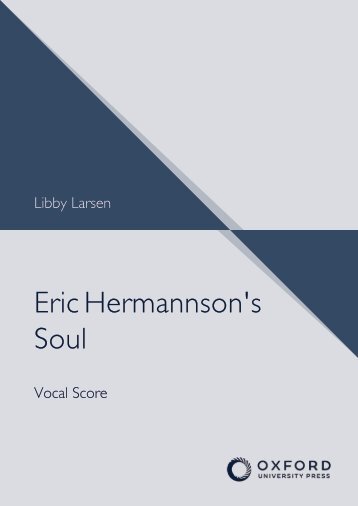
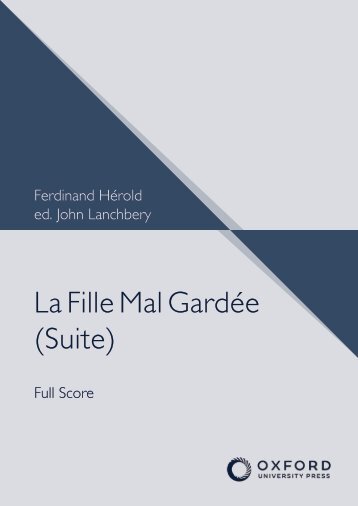
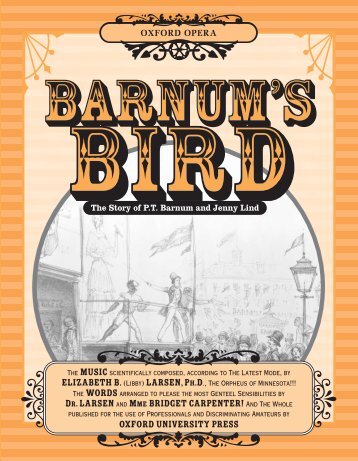




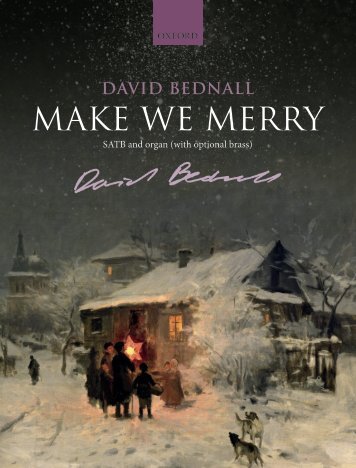

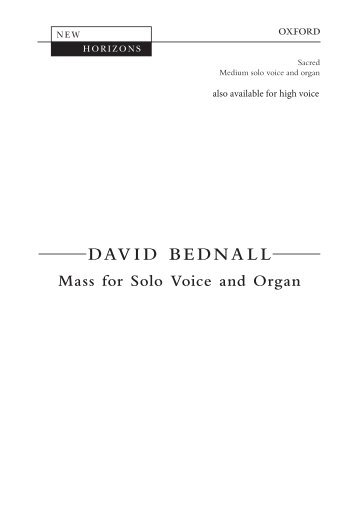



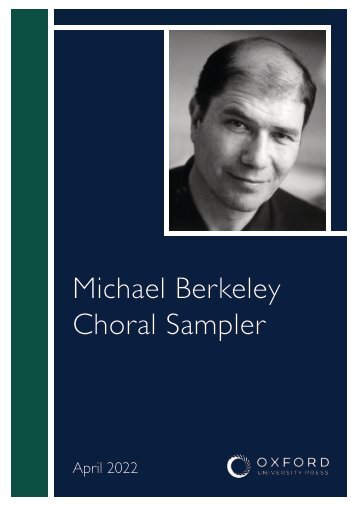
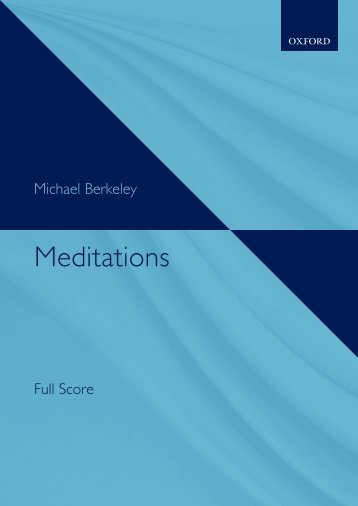
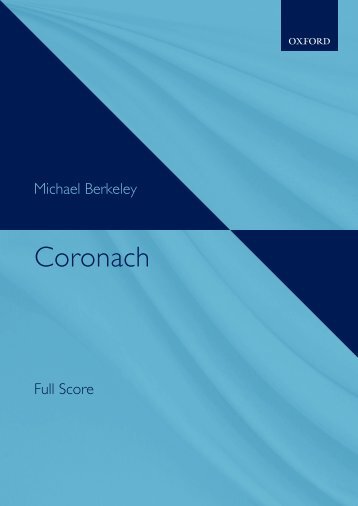
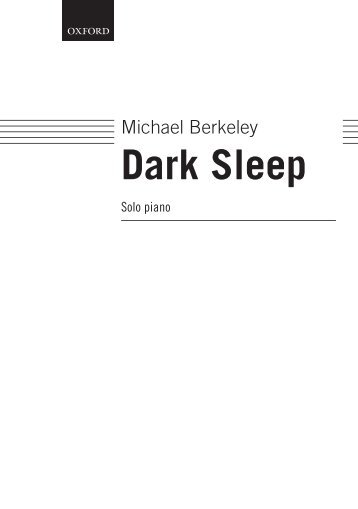

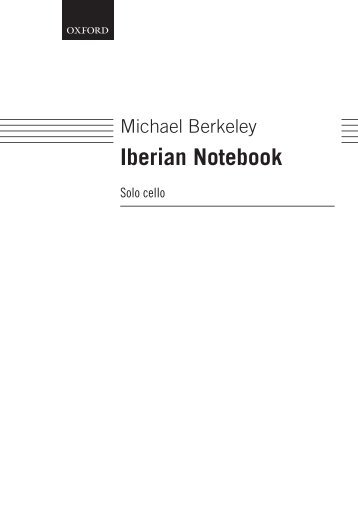


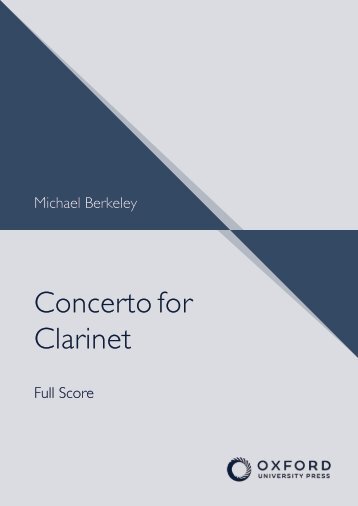

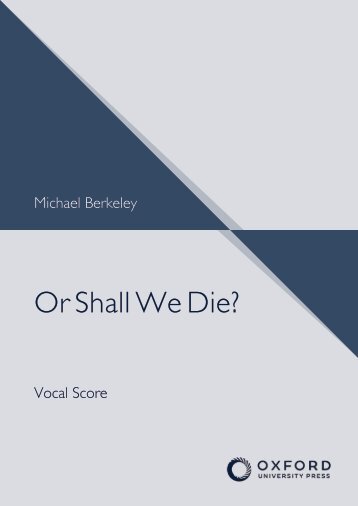

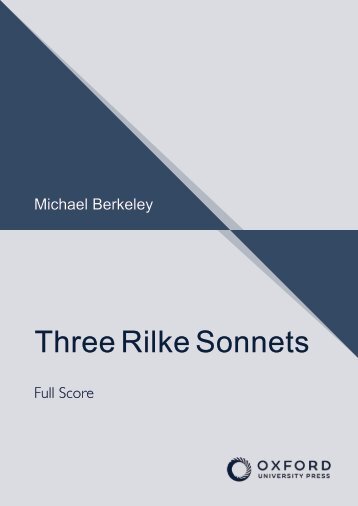
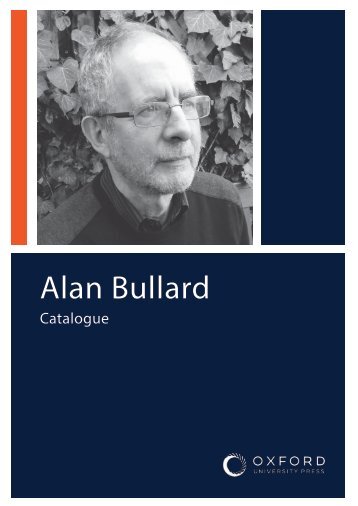
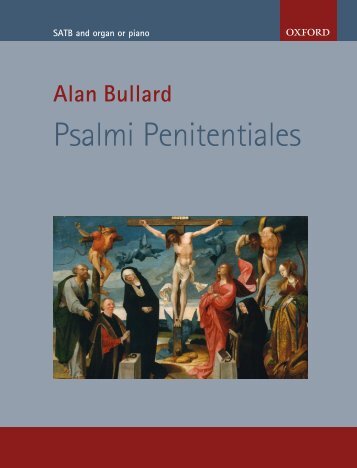
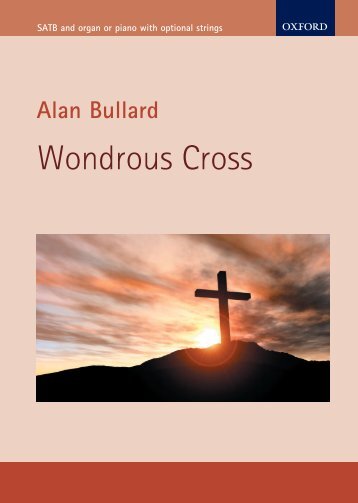
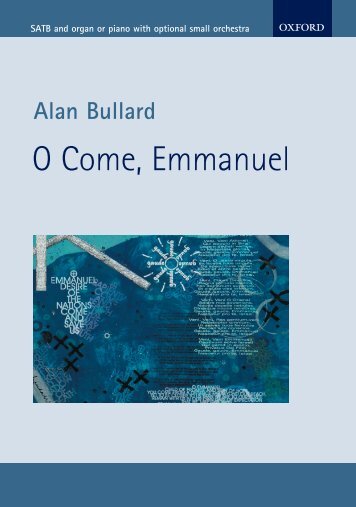
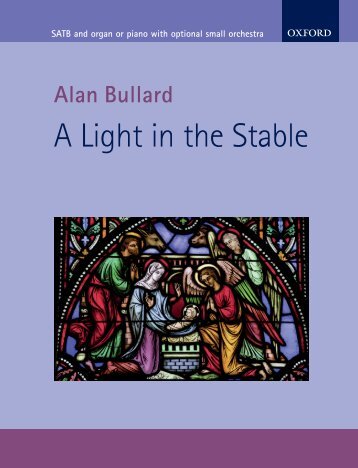
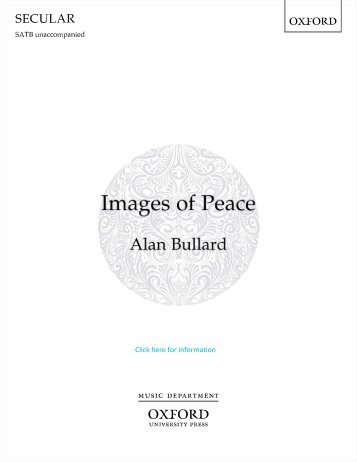


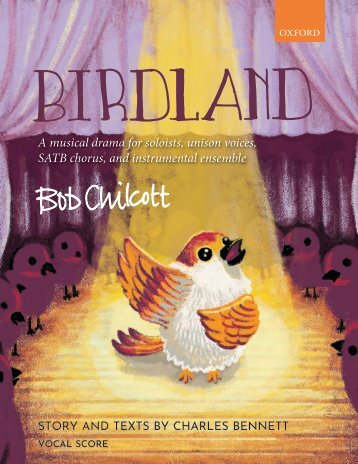

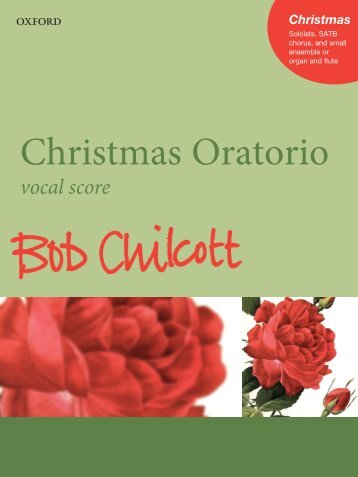

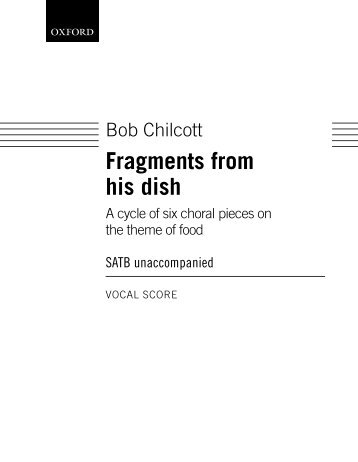

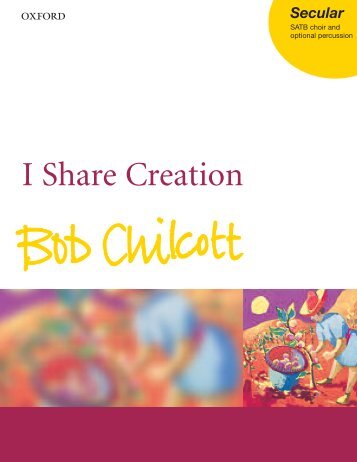

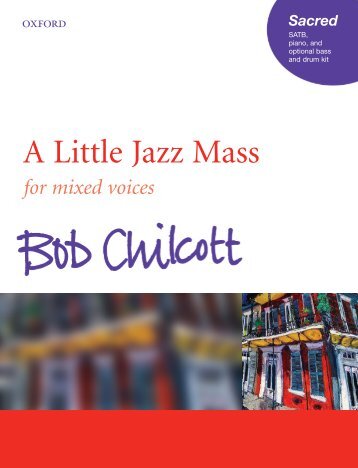
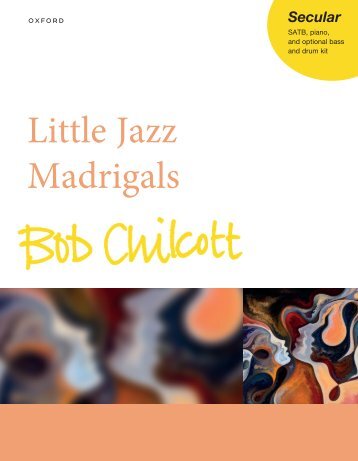
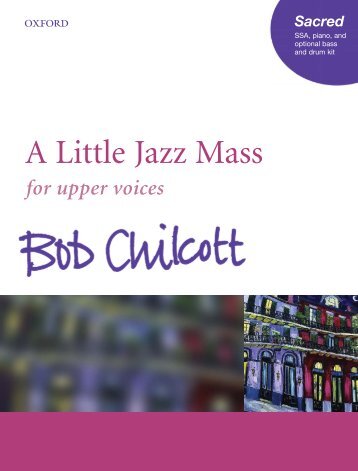
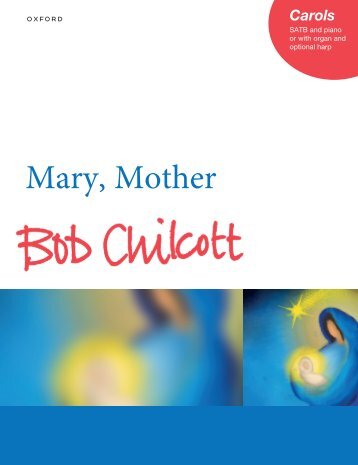
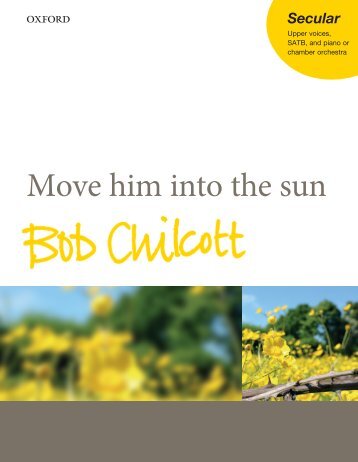
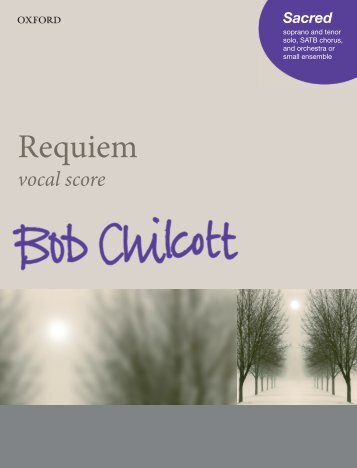
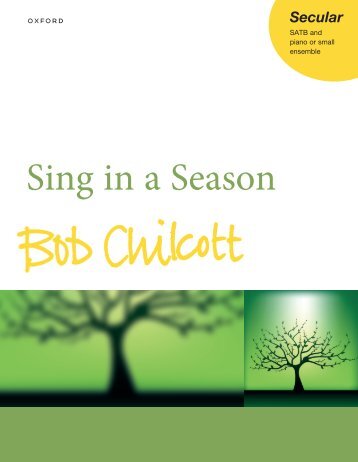





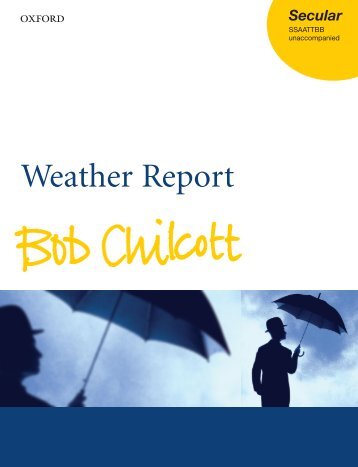

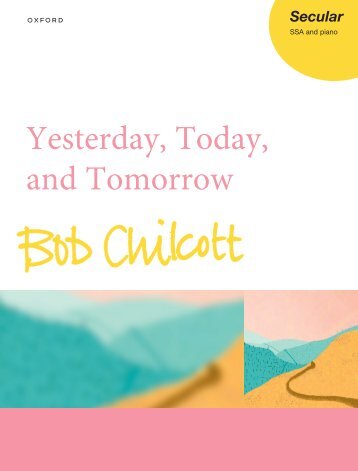
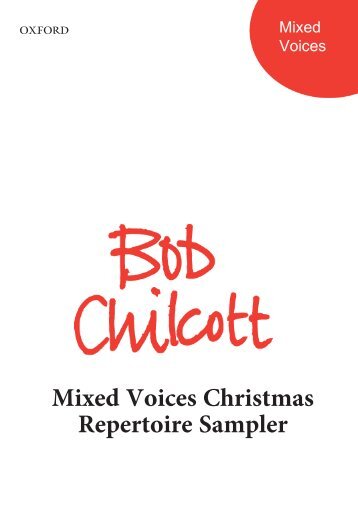
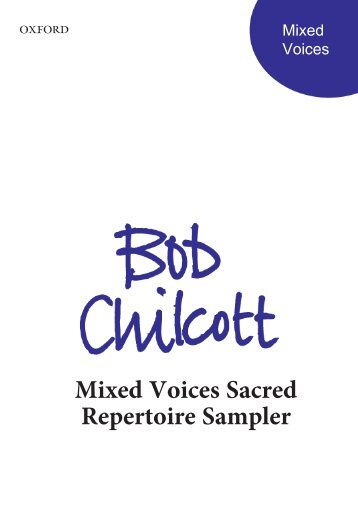
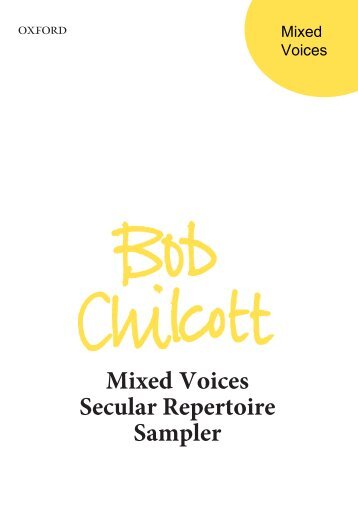


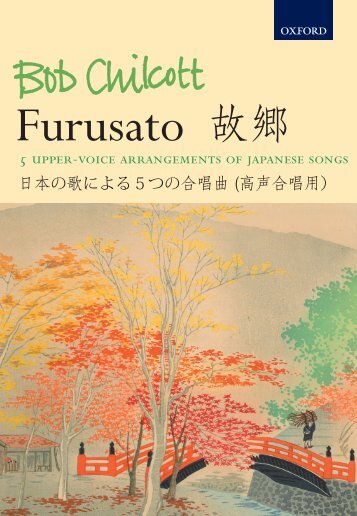

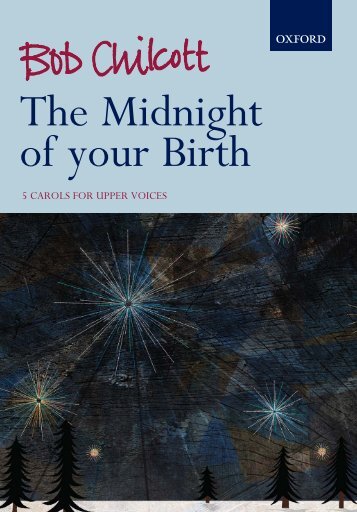

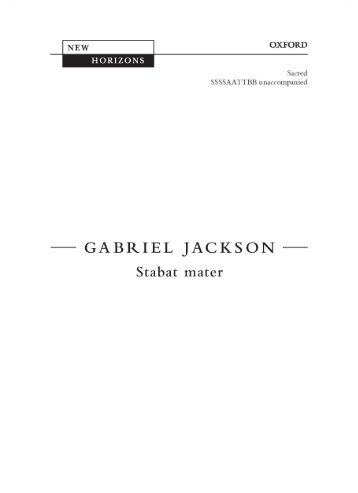
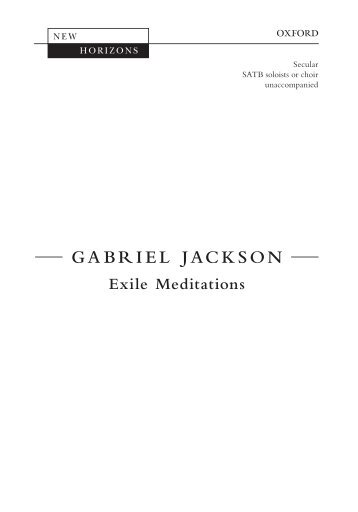
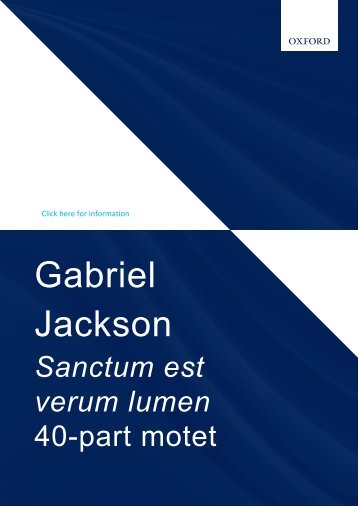
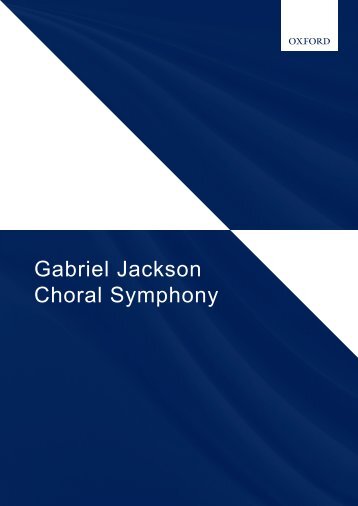

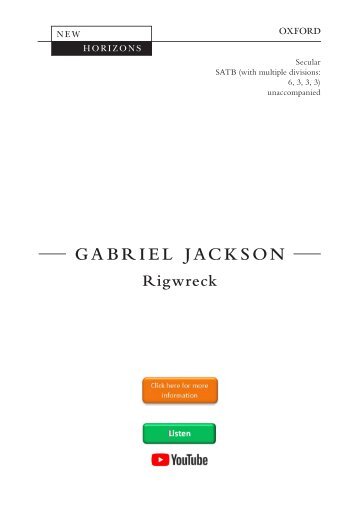
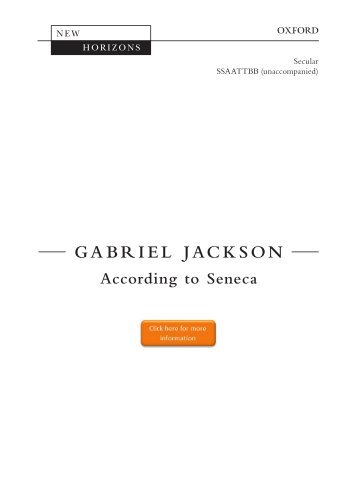
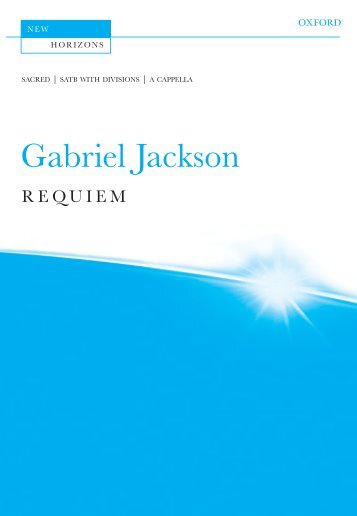
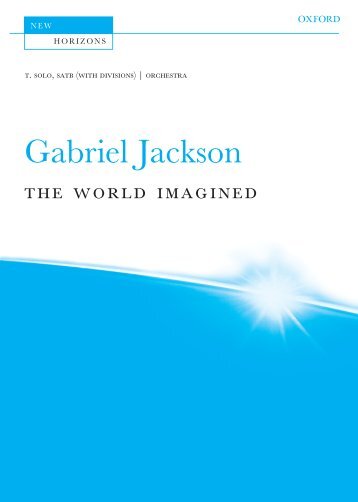
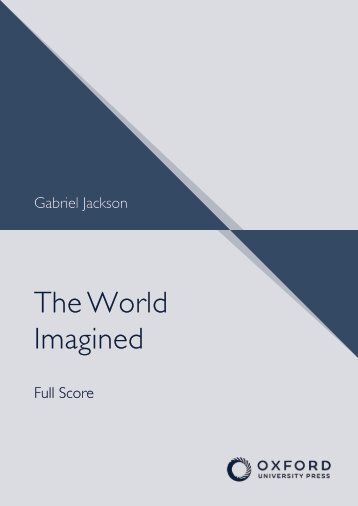
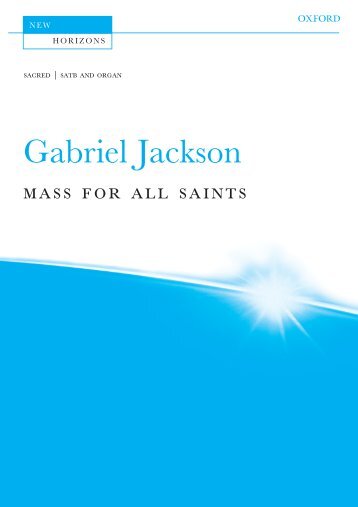


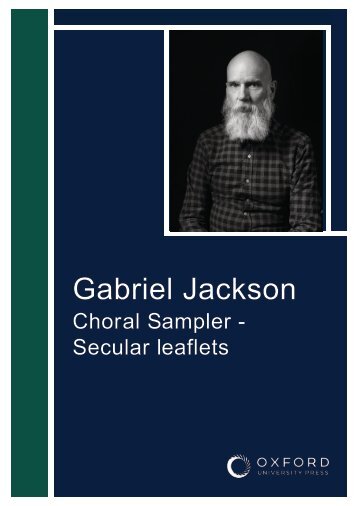

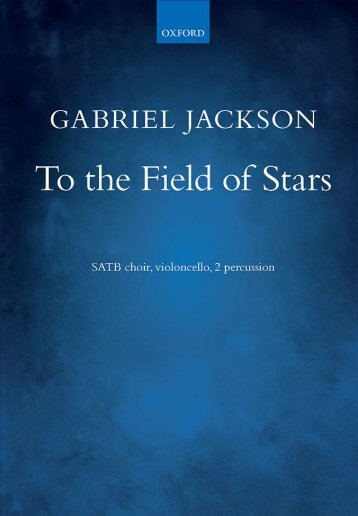
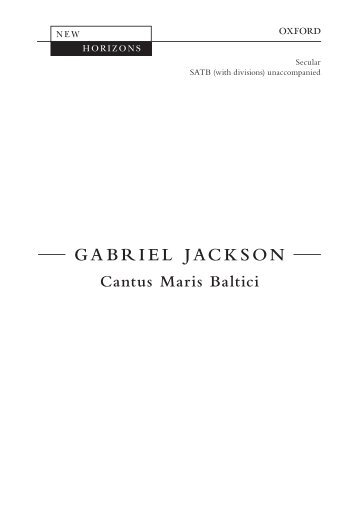
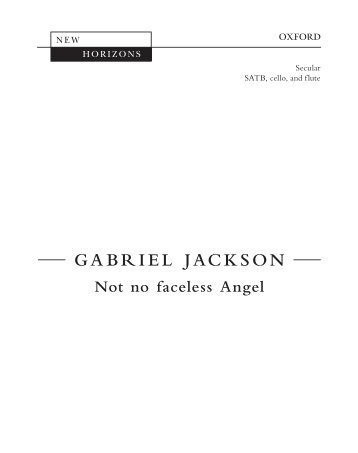
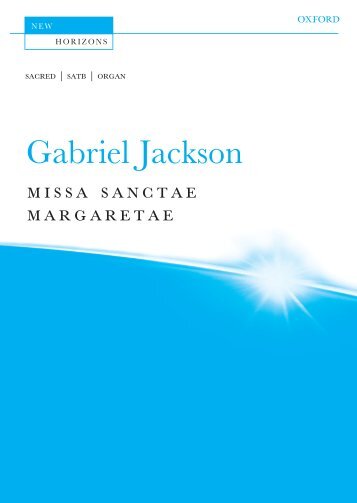
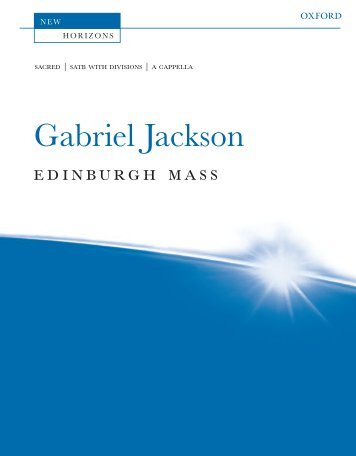



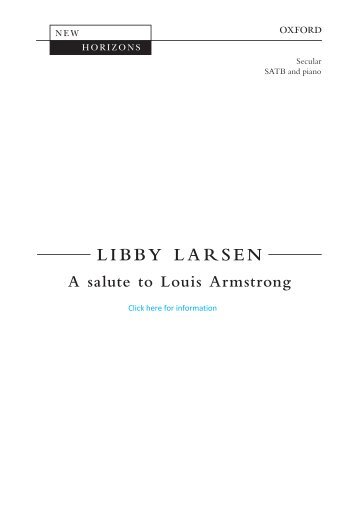


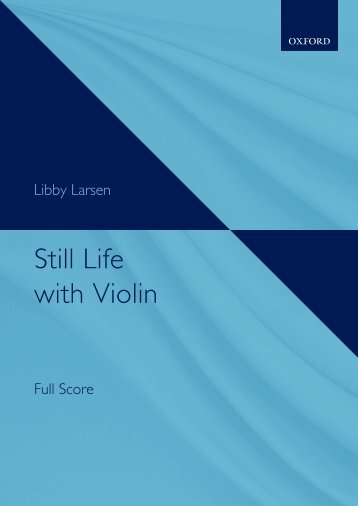
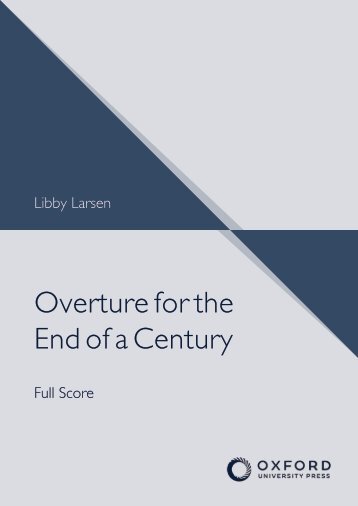




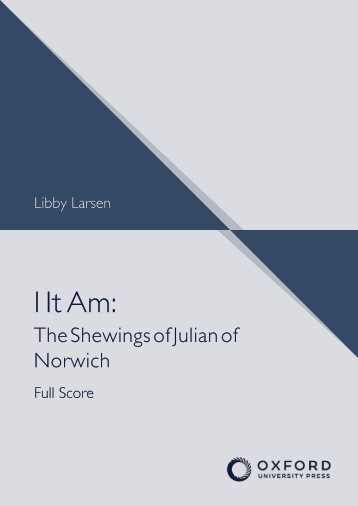

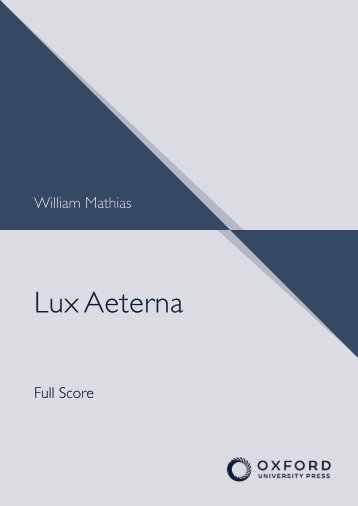









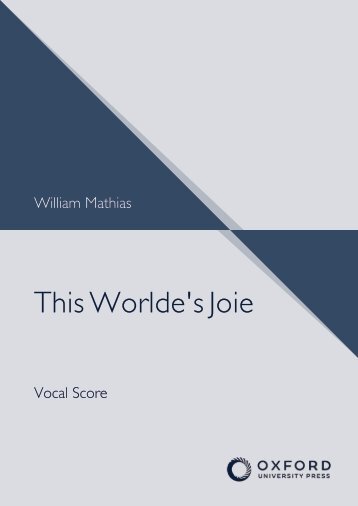

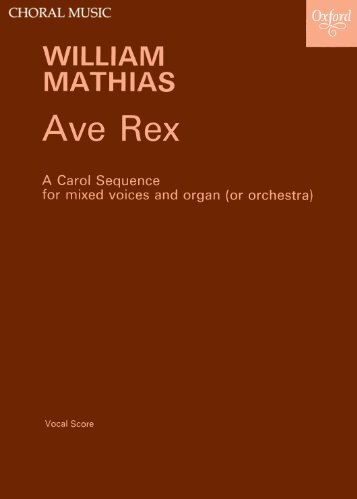



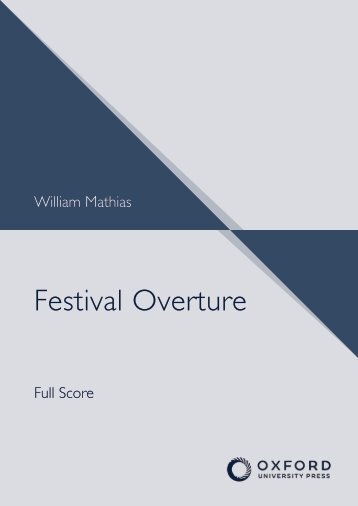

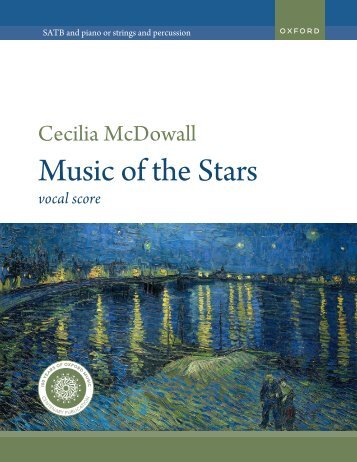

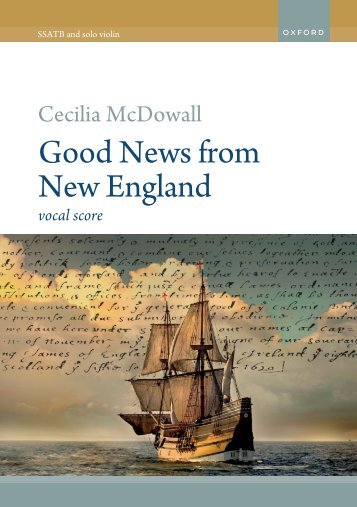
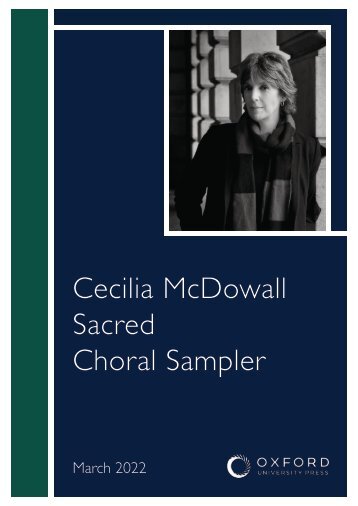


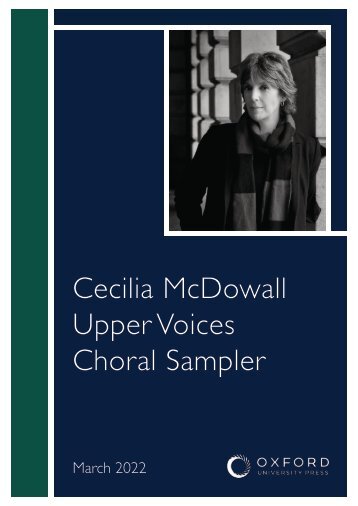
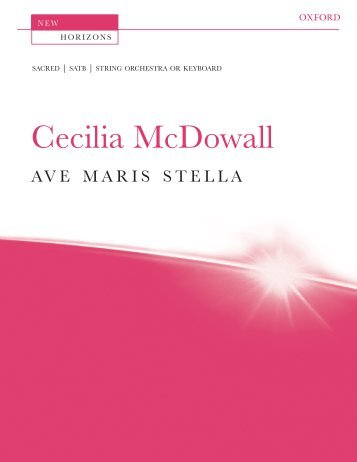
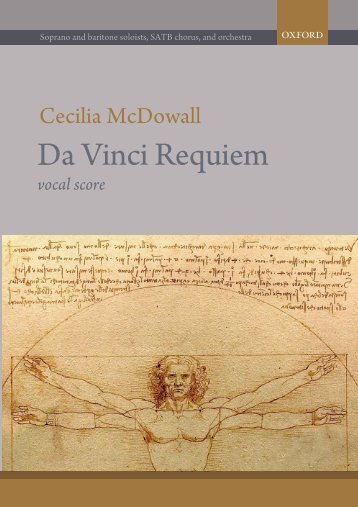
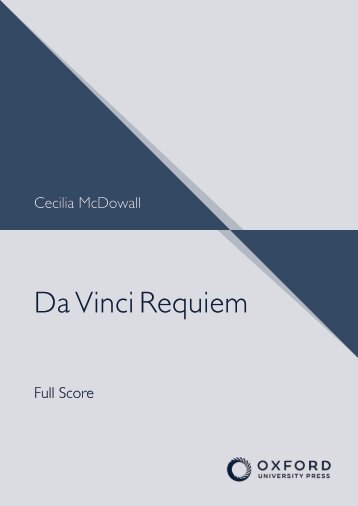
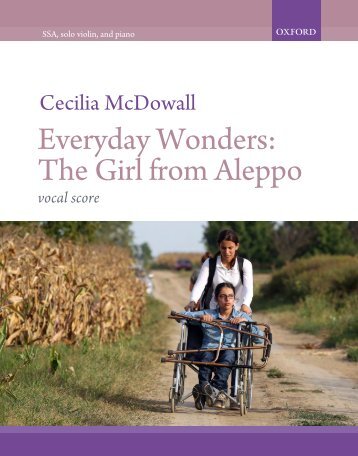
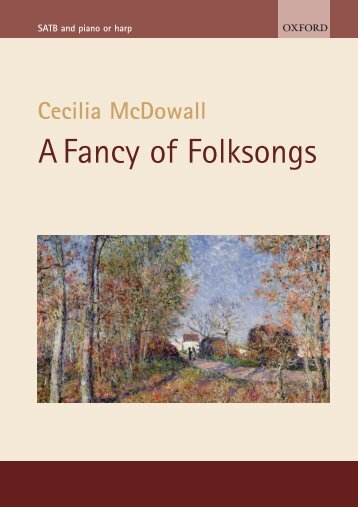


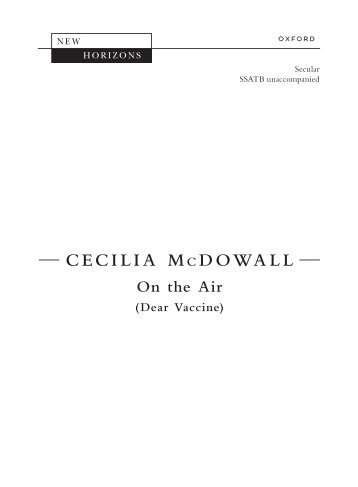
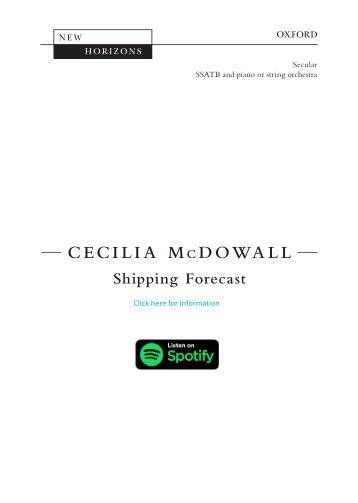
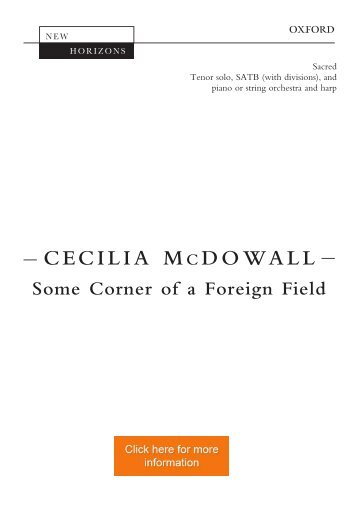

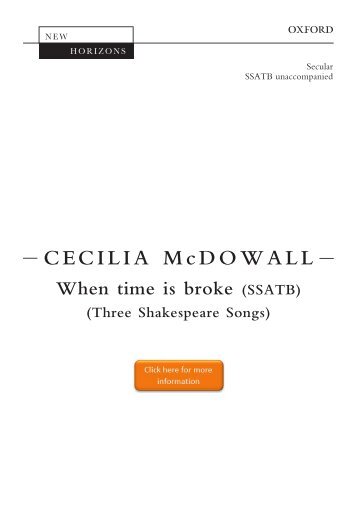
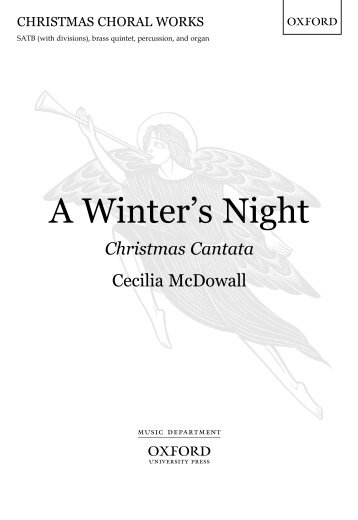
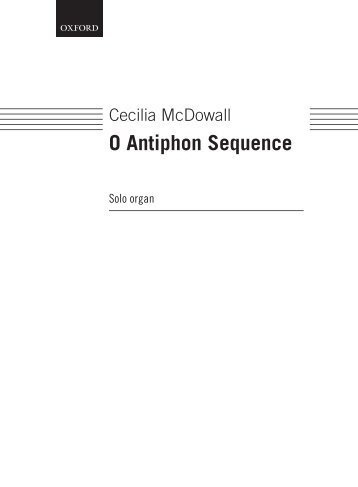

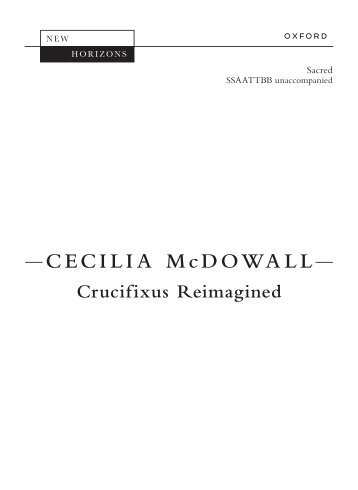
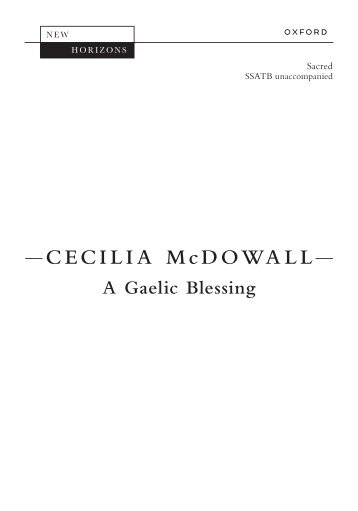
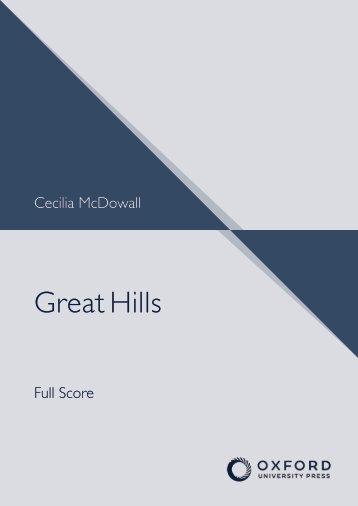

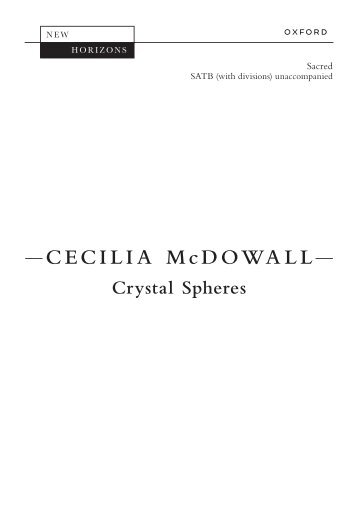
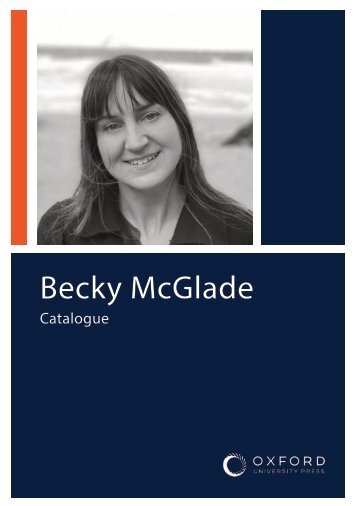
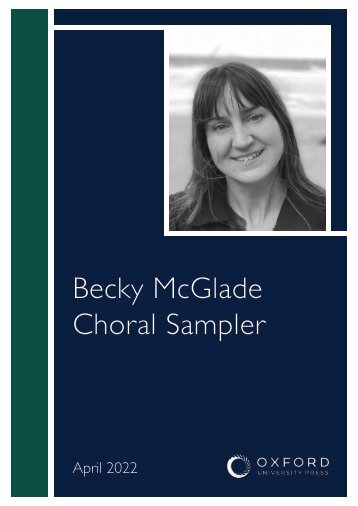
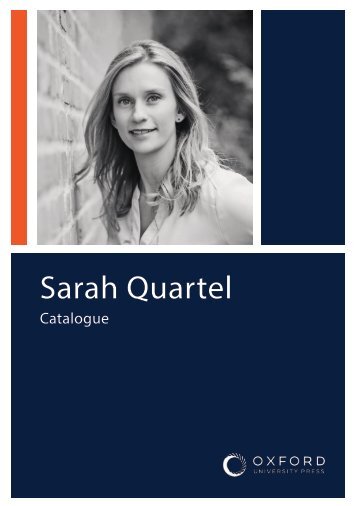

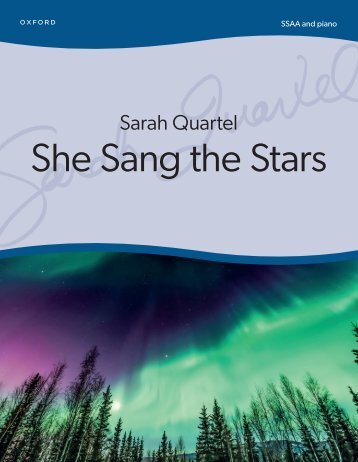
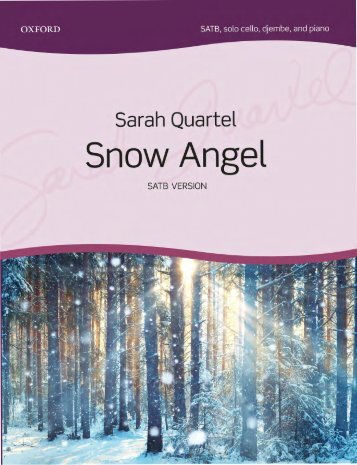
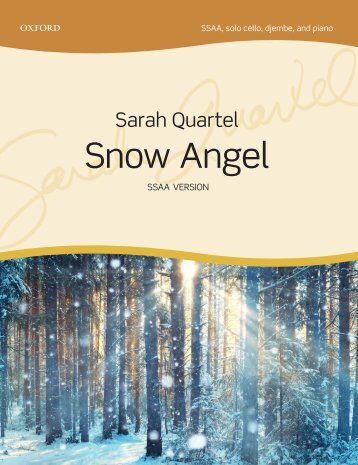
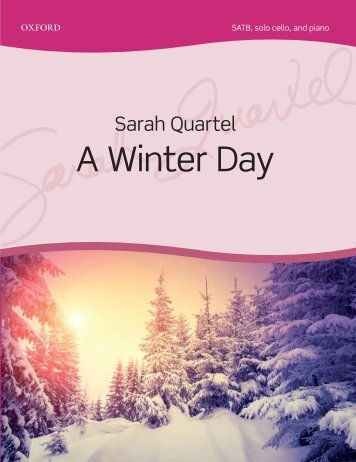
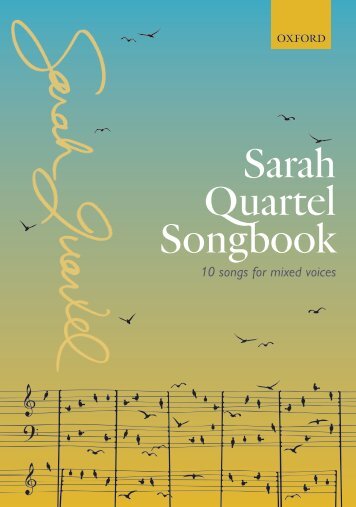
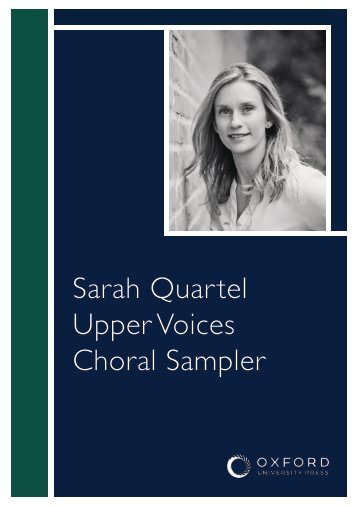
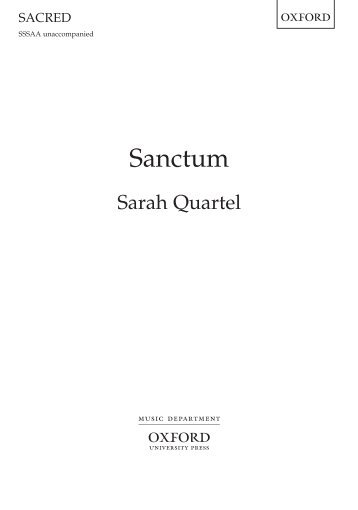


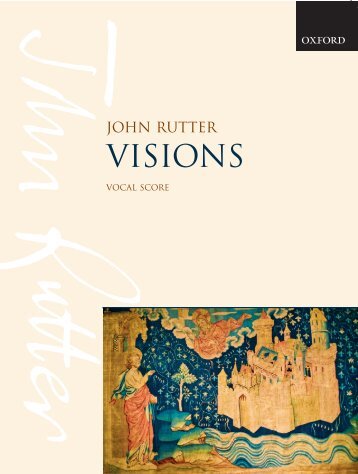
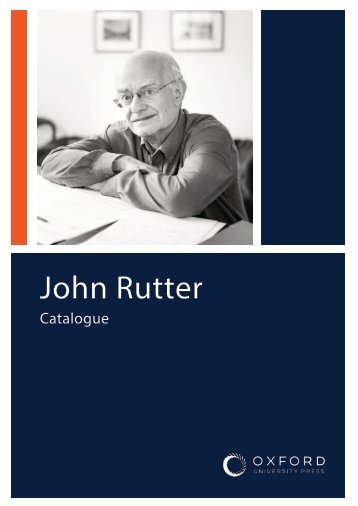
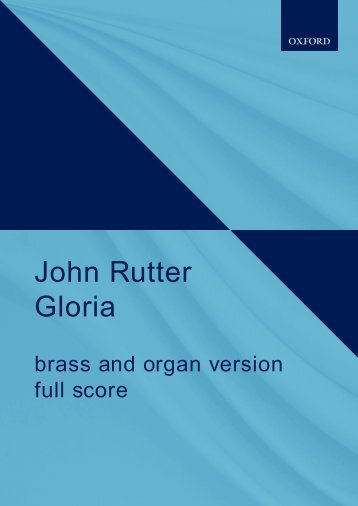
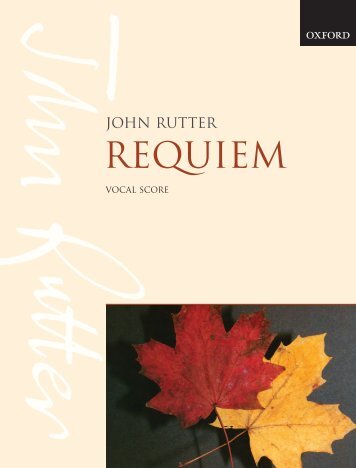

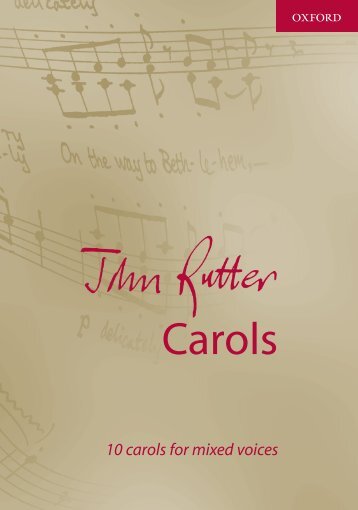
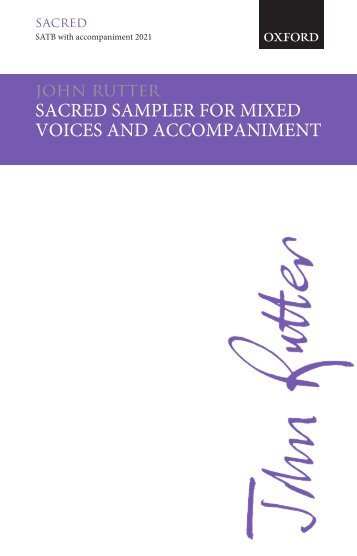
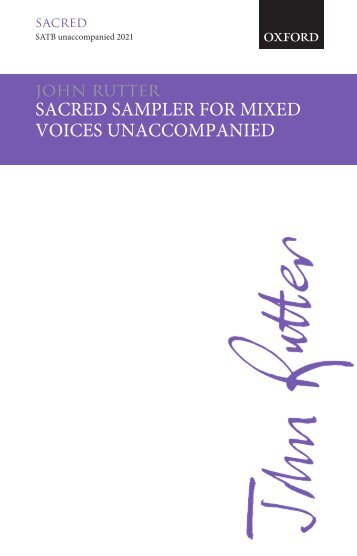
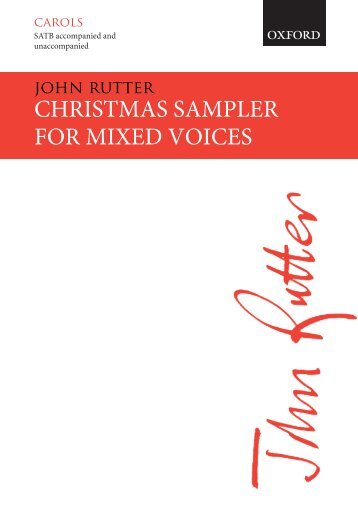
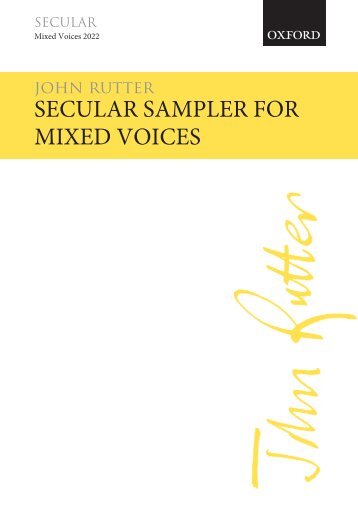
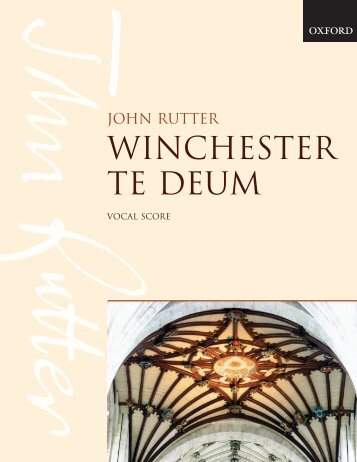
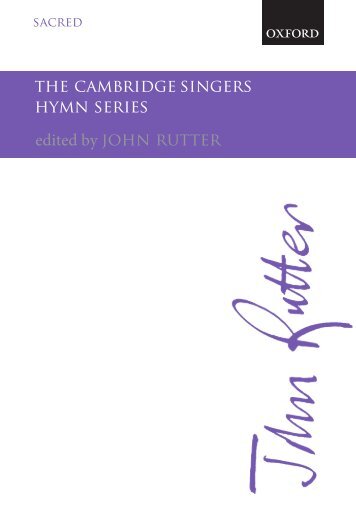
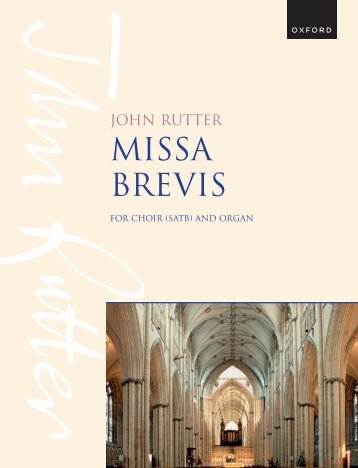
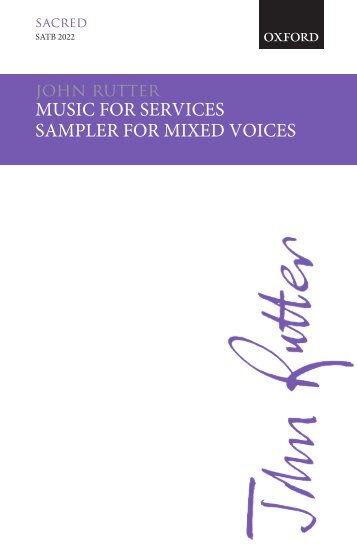
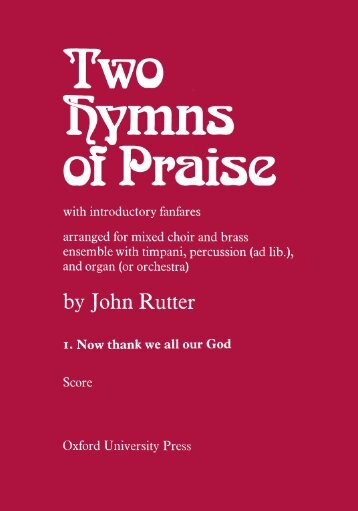

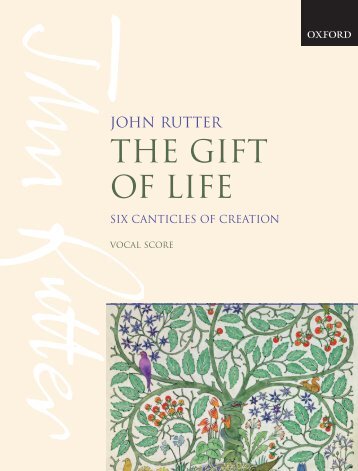
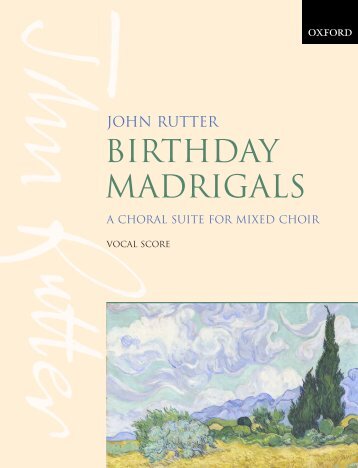
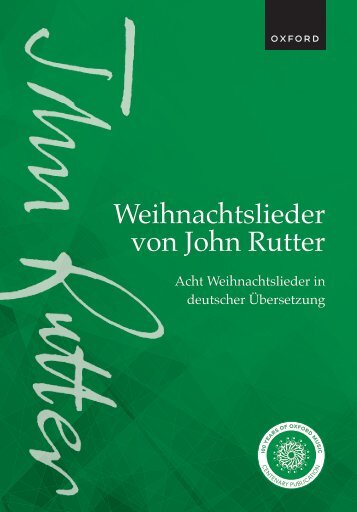
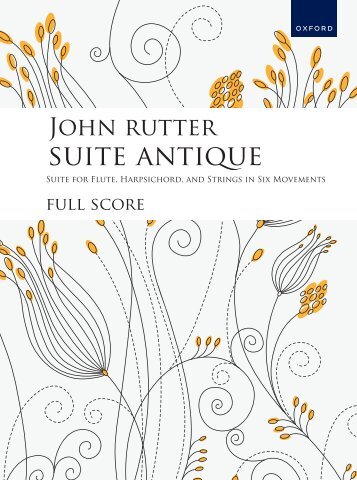
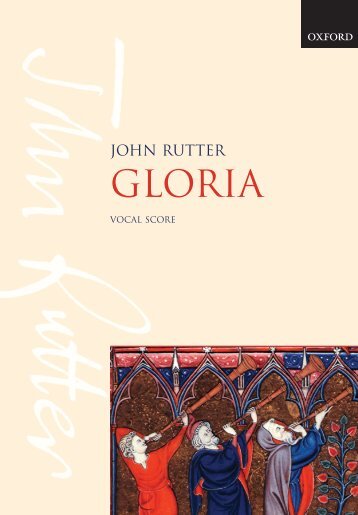
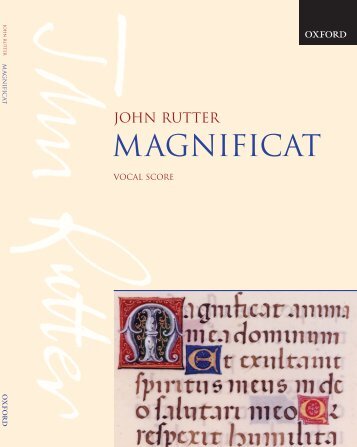
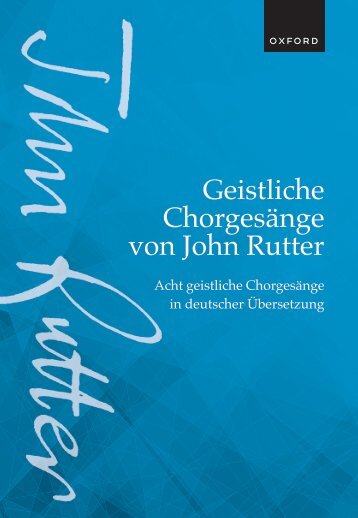
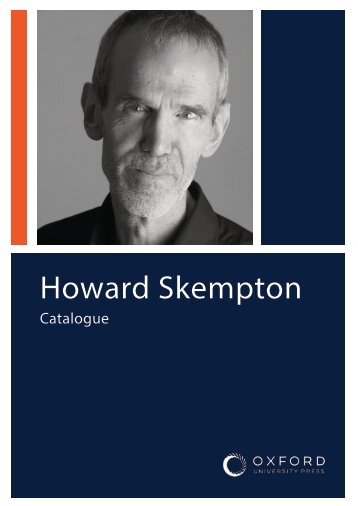


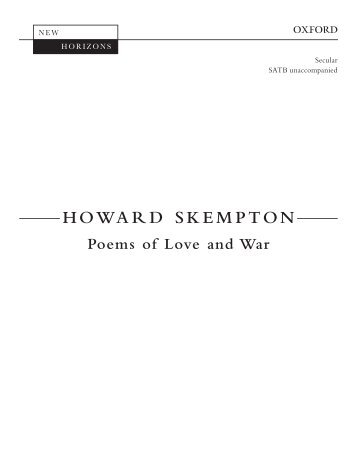


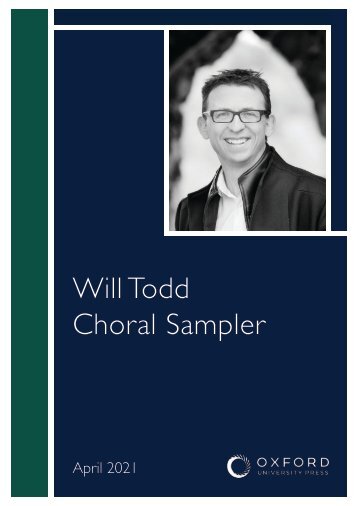
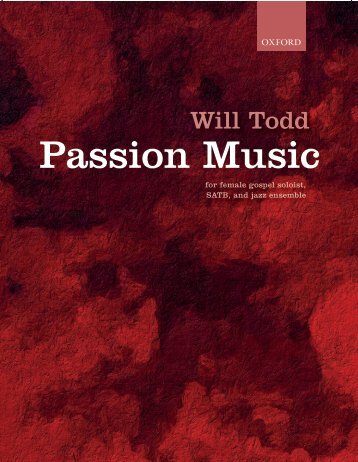
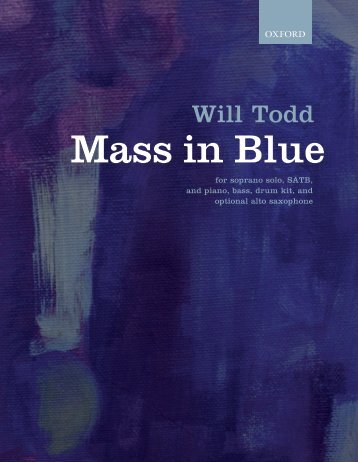
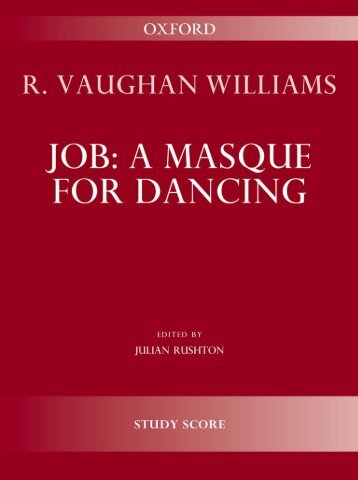

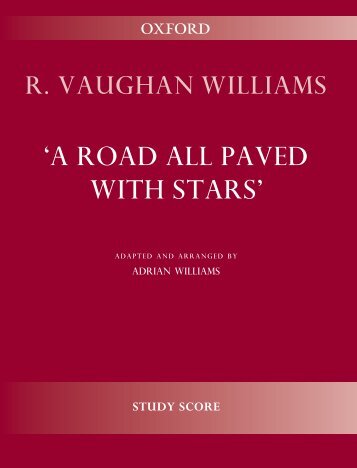
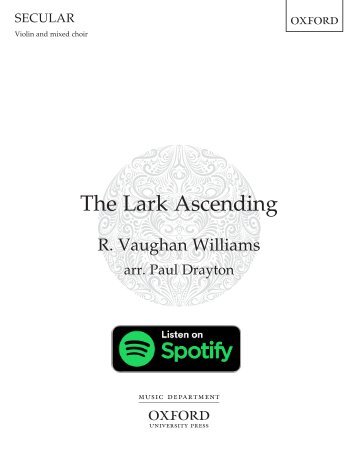

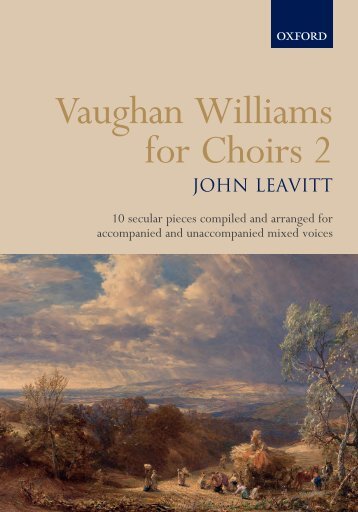

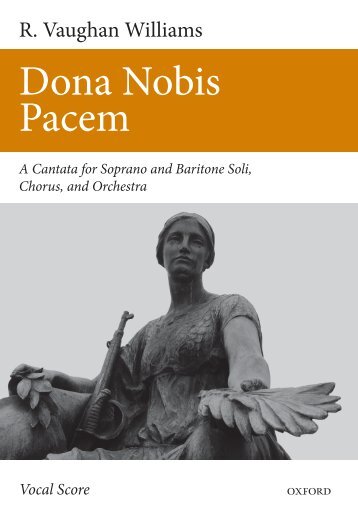
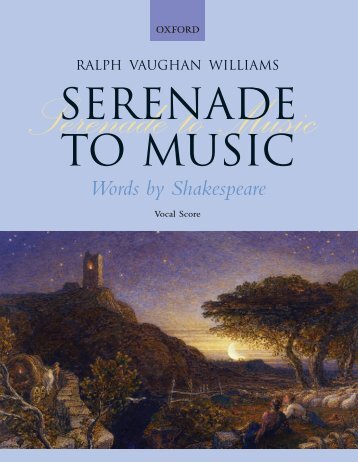
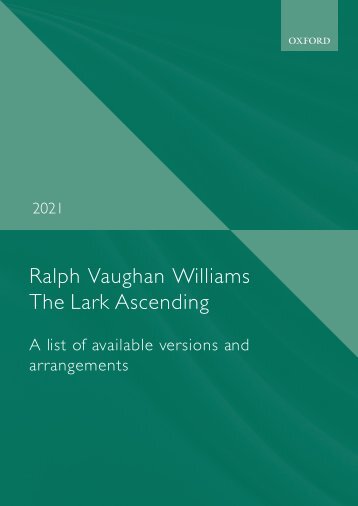

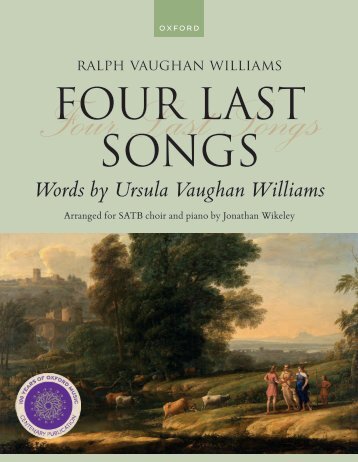

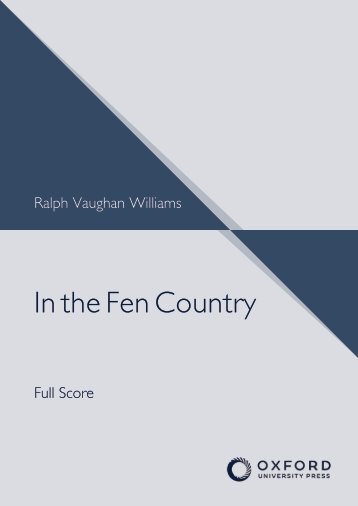
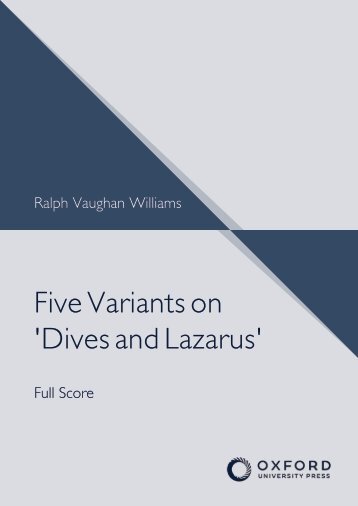
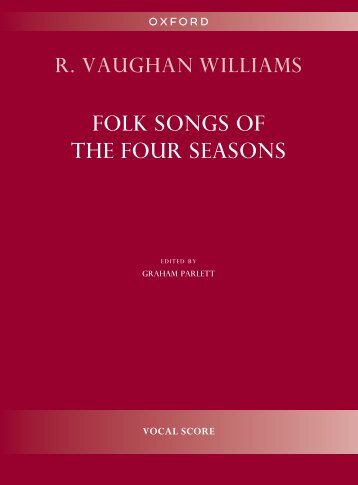




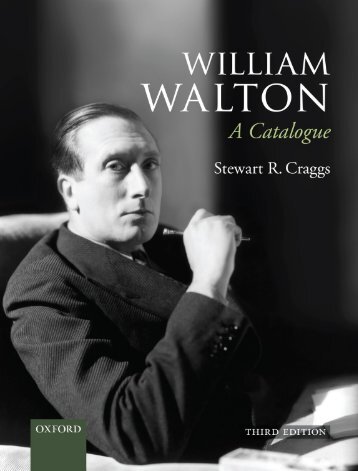



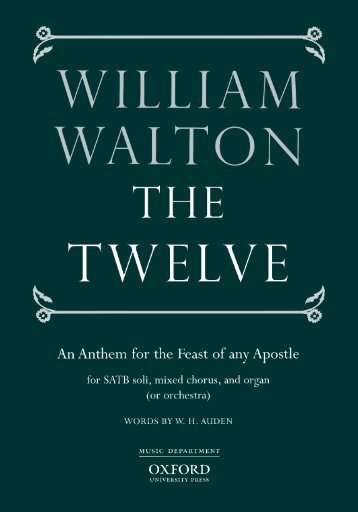


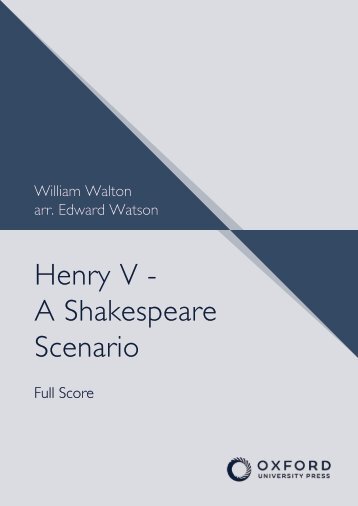






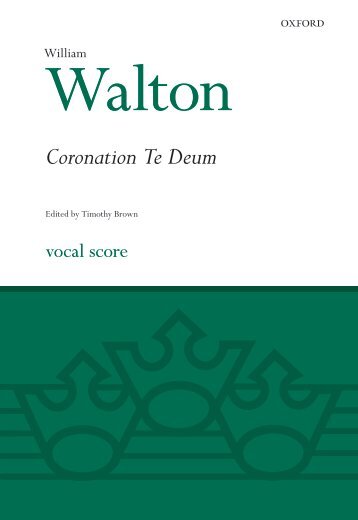
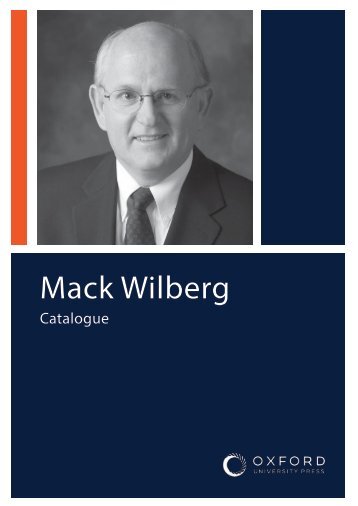
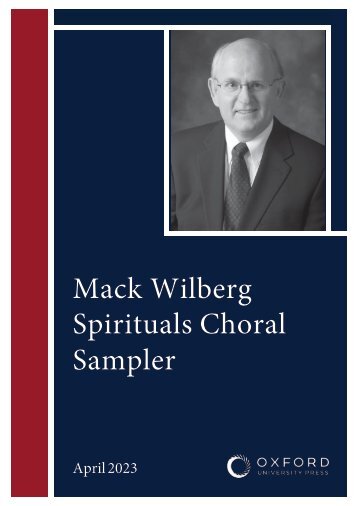
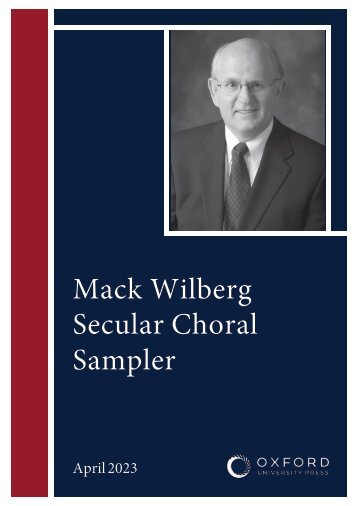




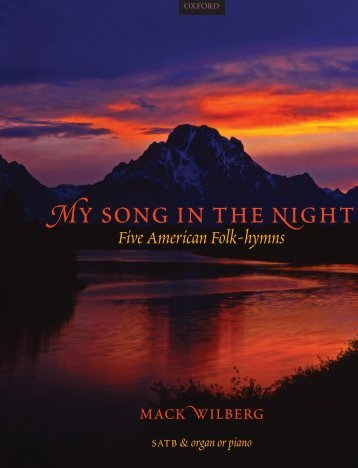
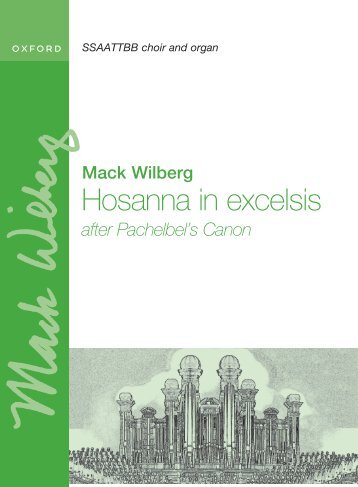


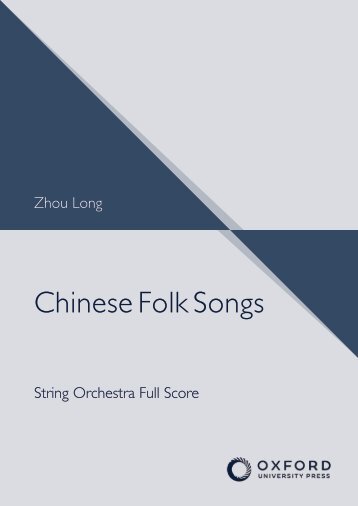

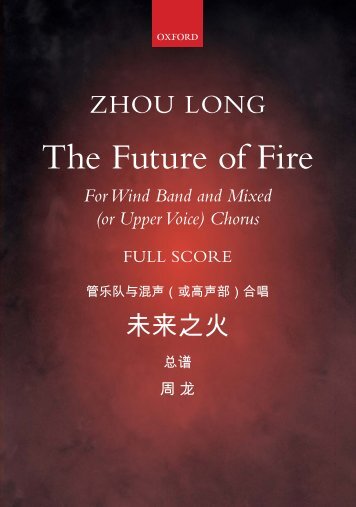





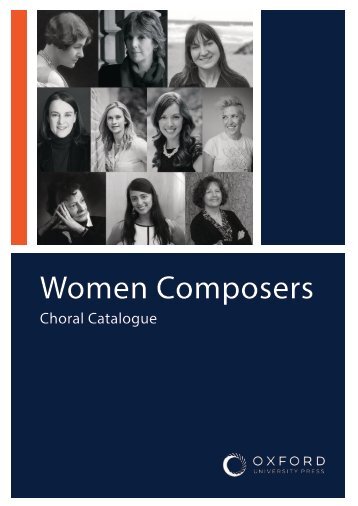

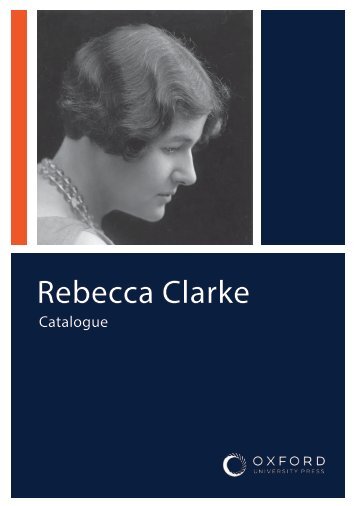

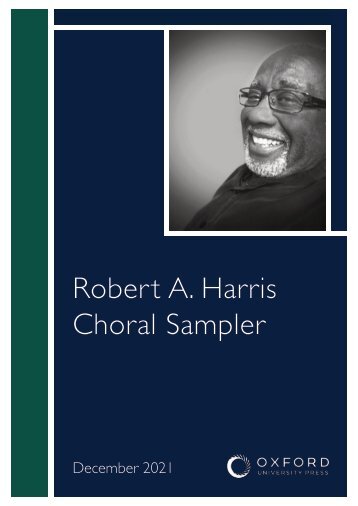

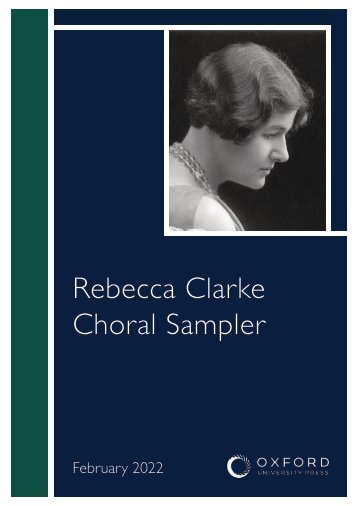
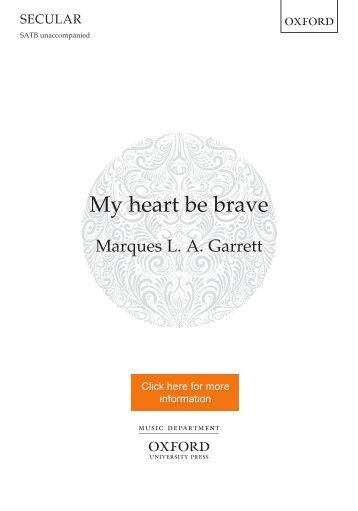
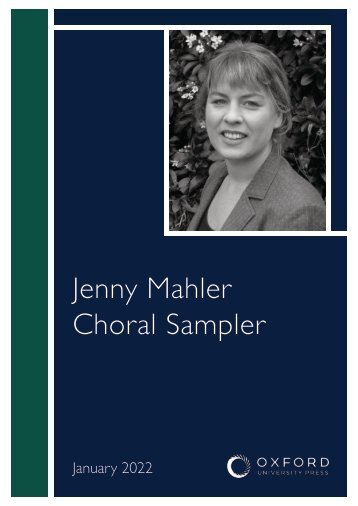
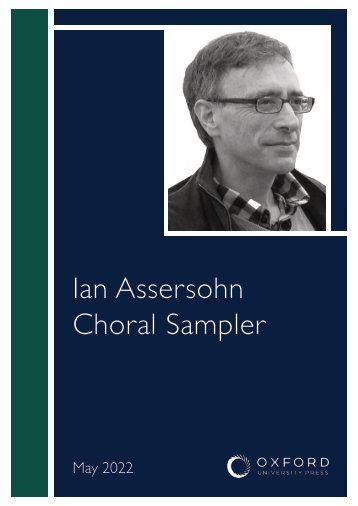
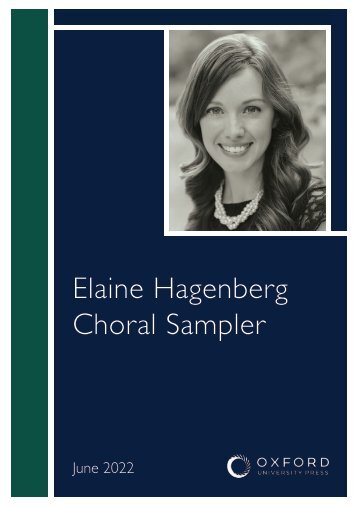
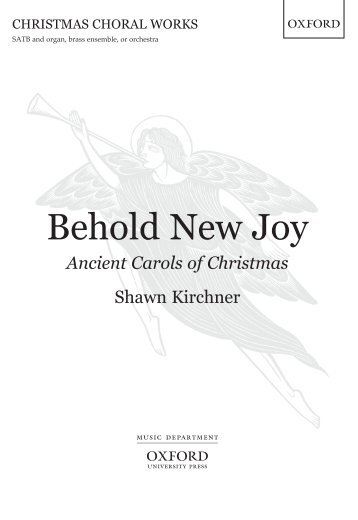
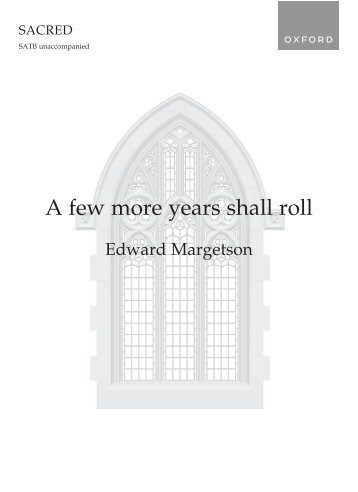
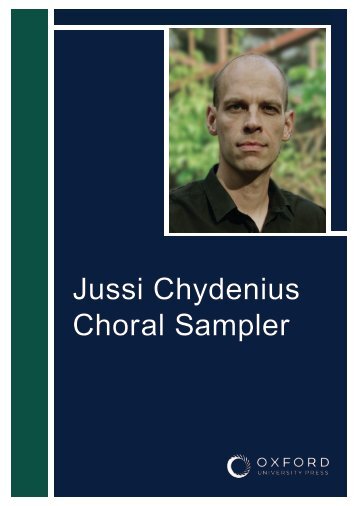


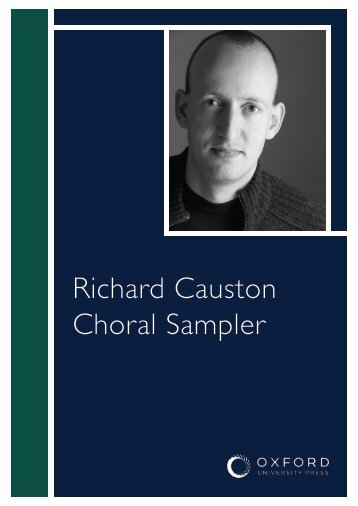
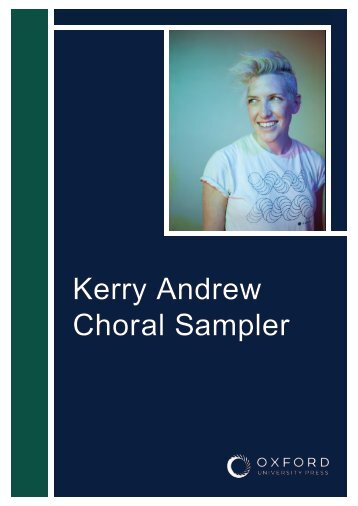

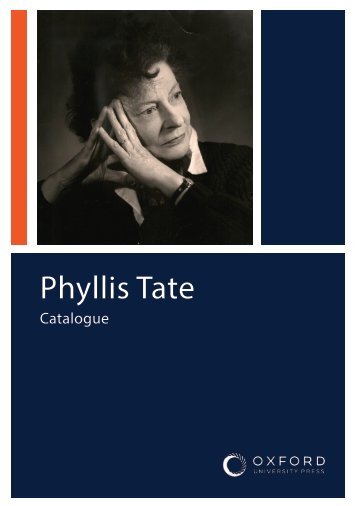
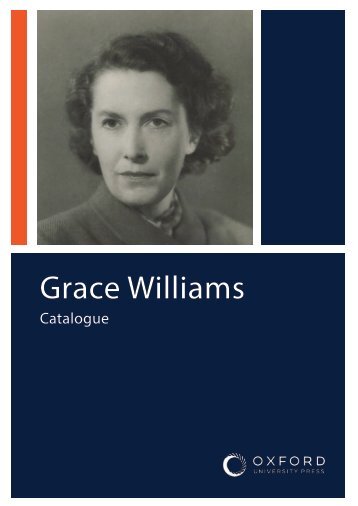

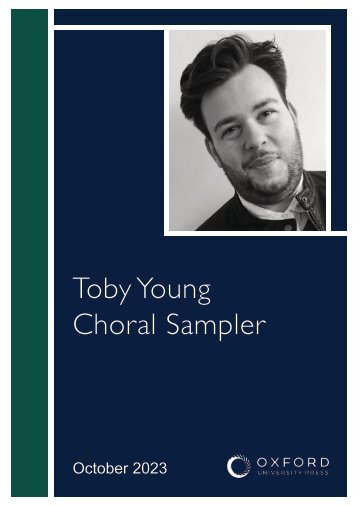
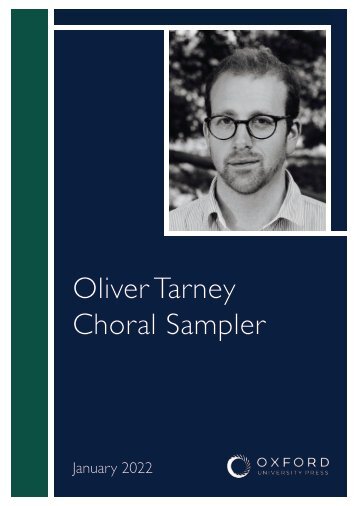

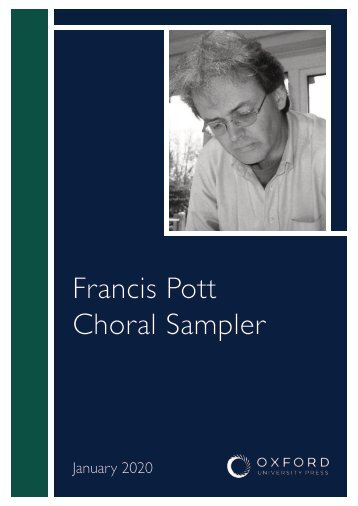
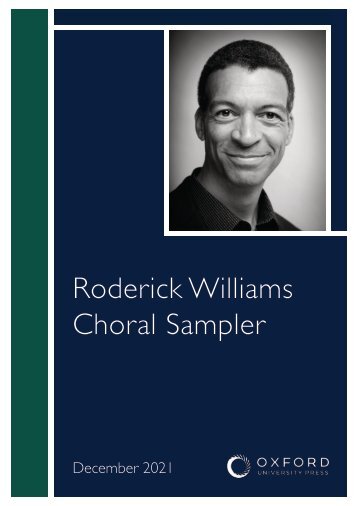
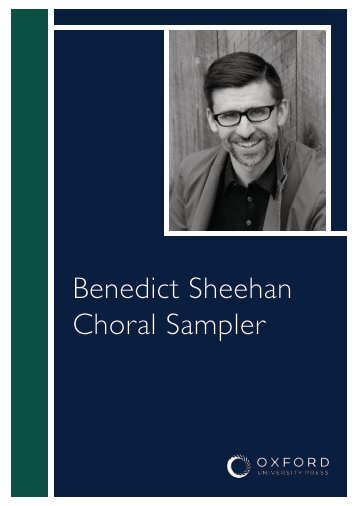
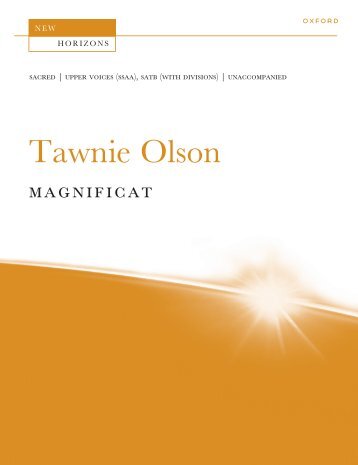
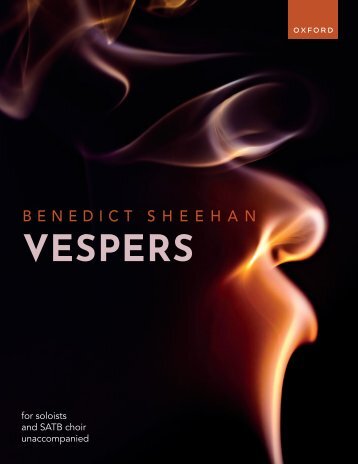

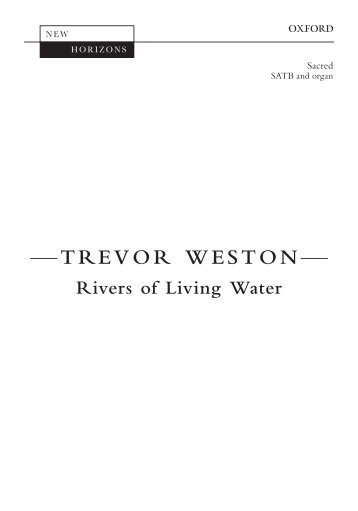
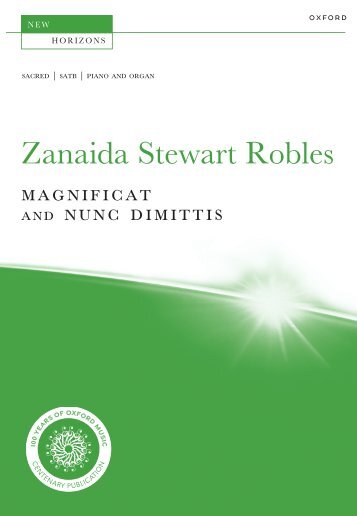


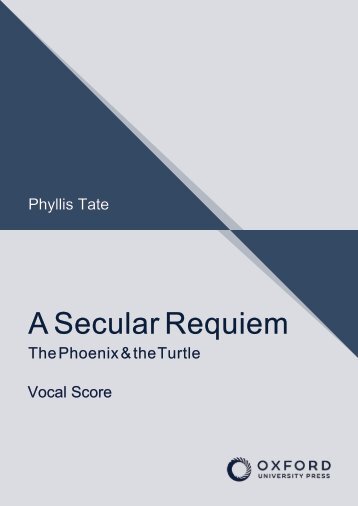



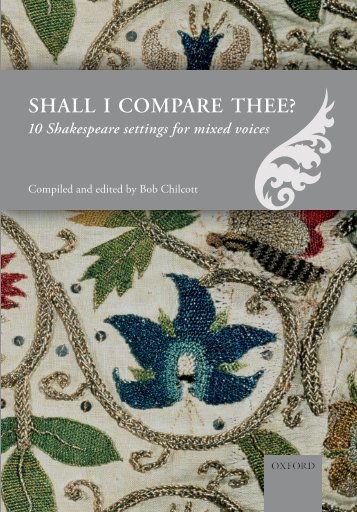
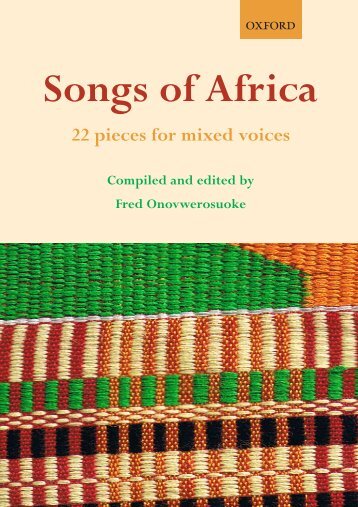

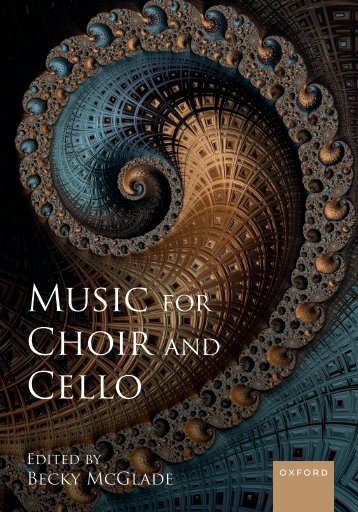


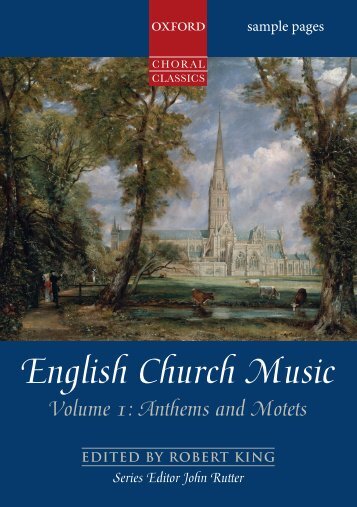
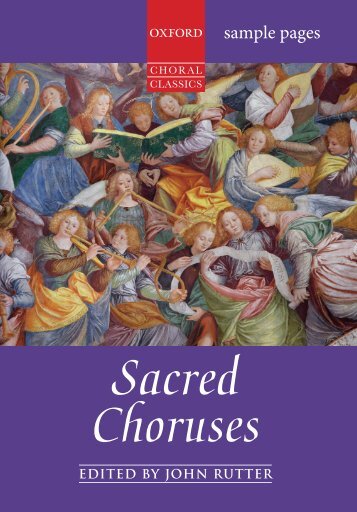

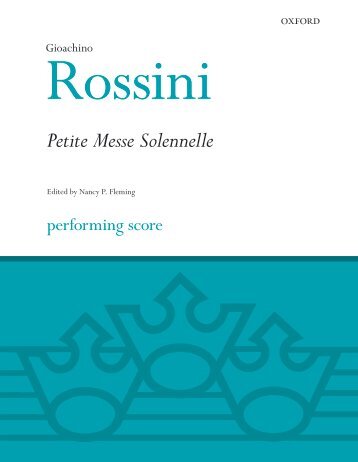
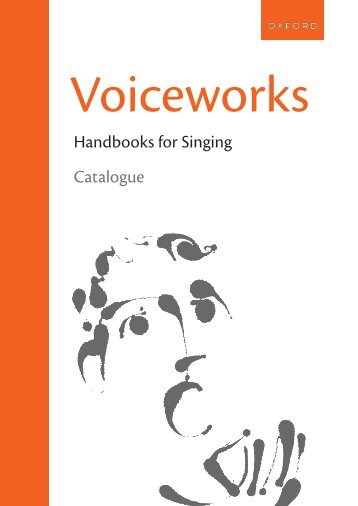



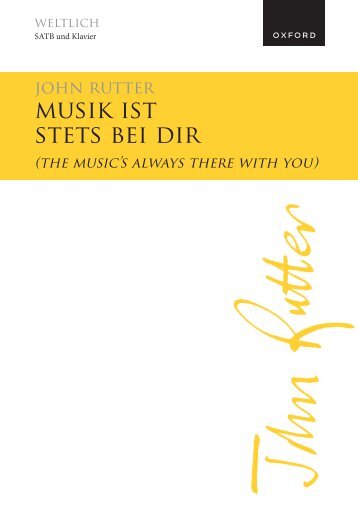
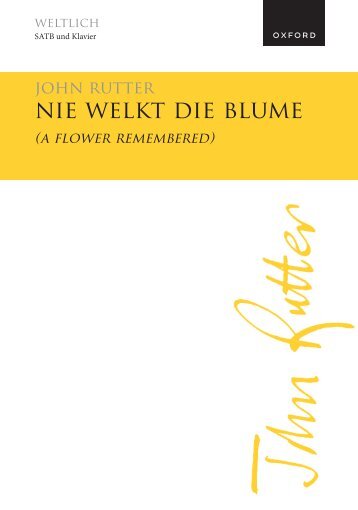

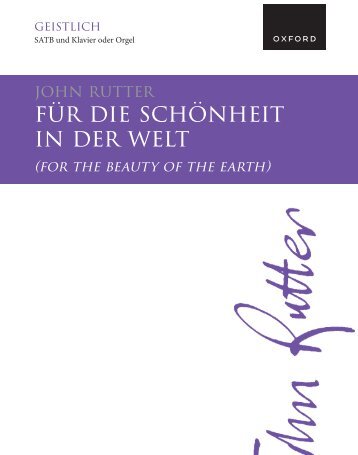
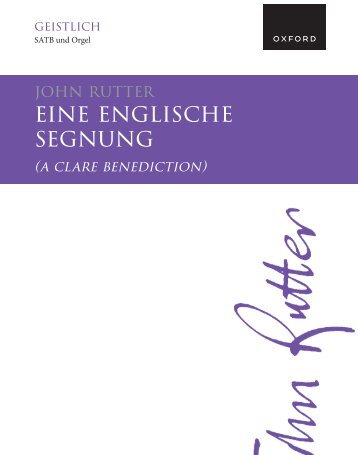

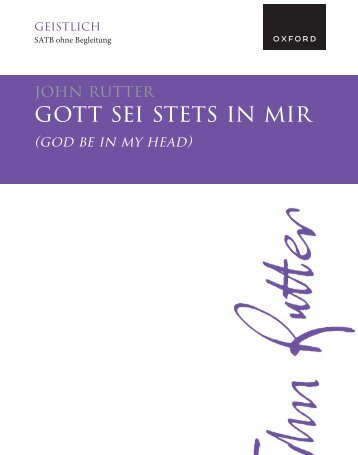


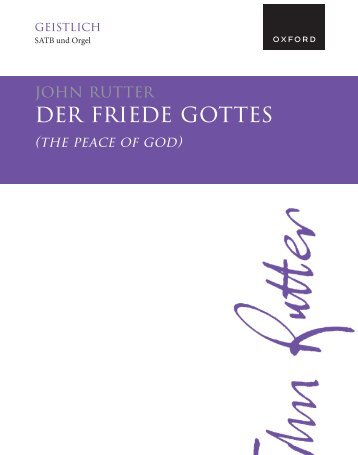


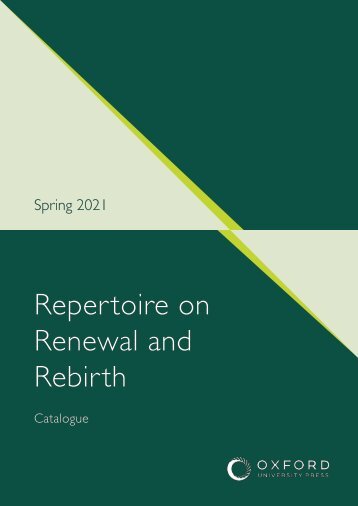
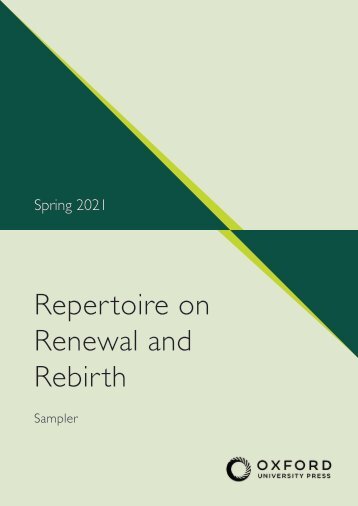
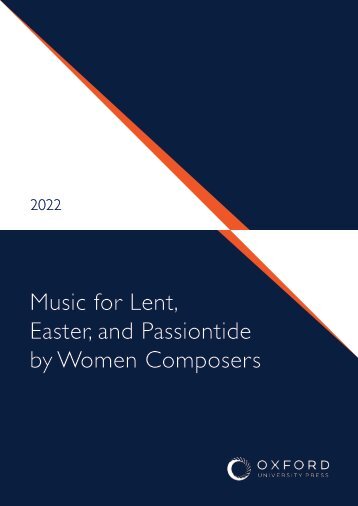
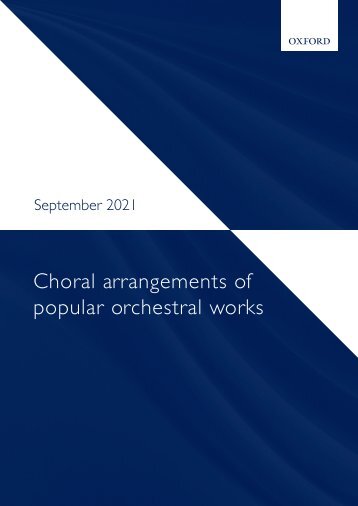
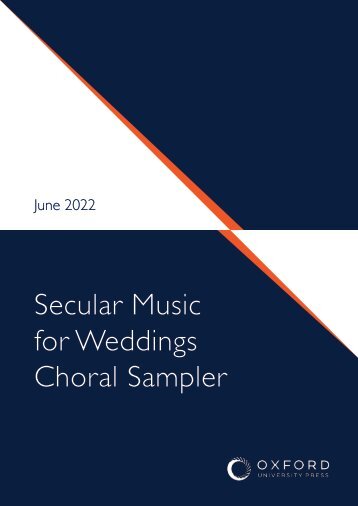

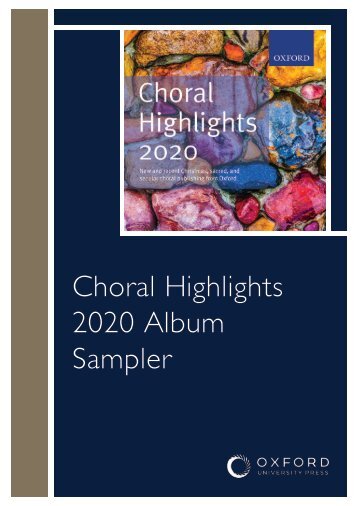
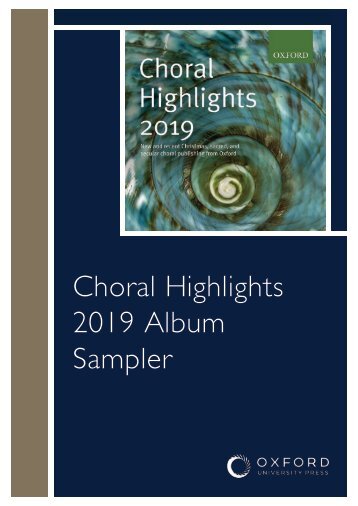
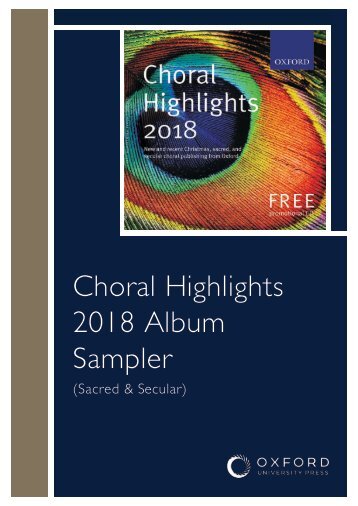



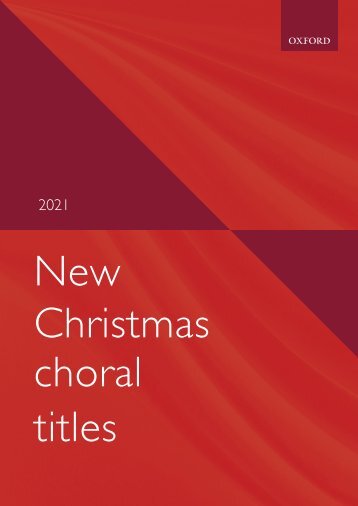
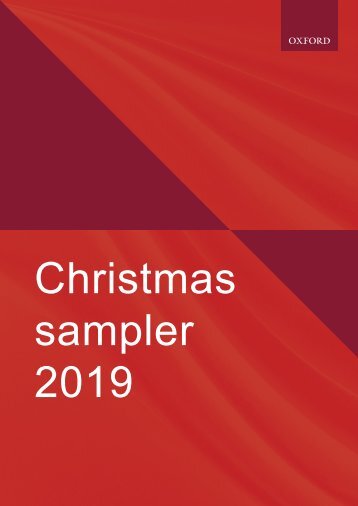
Facebook
Twitter
Email